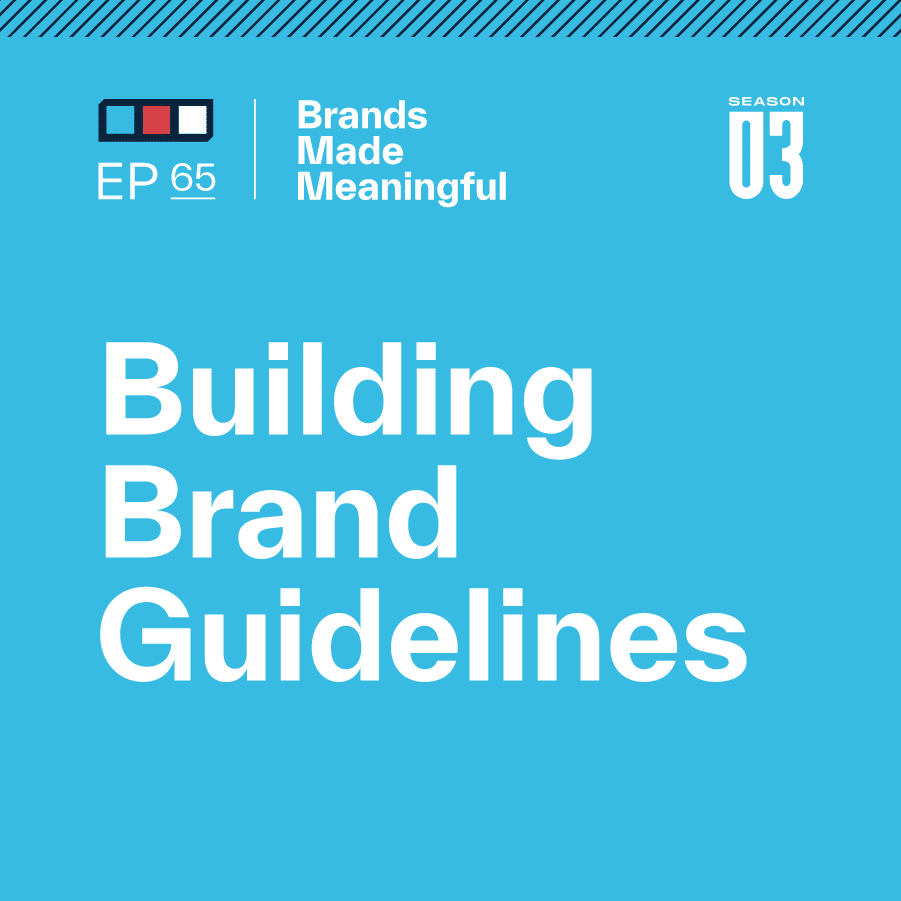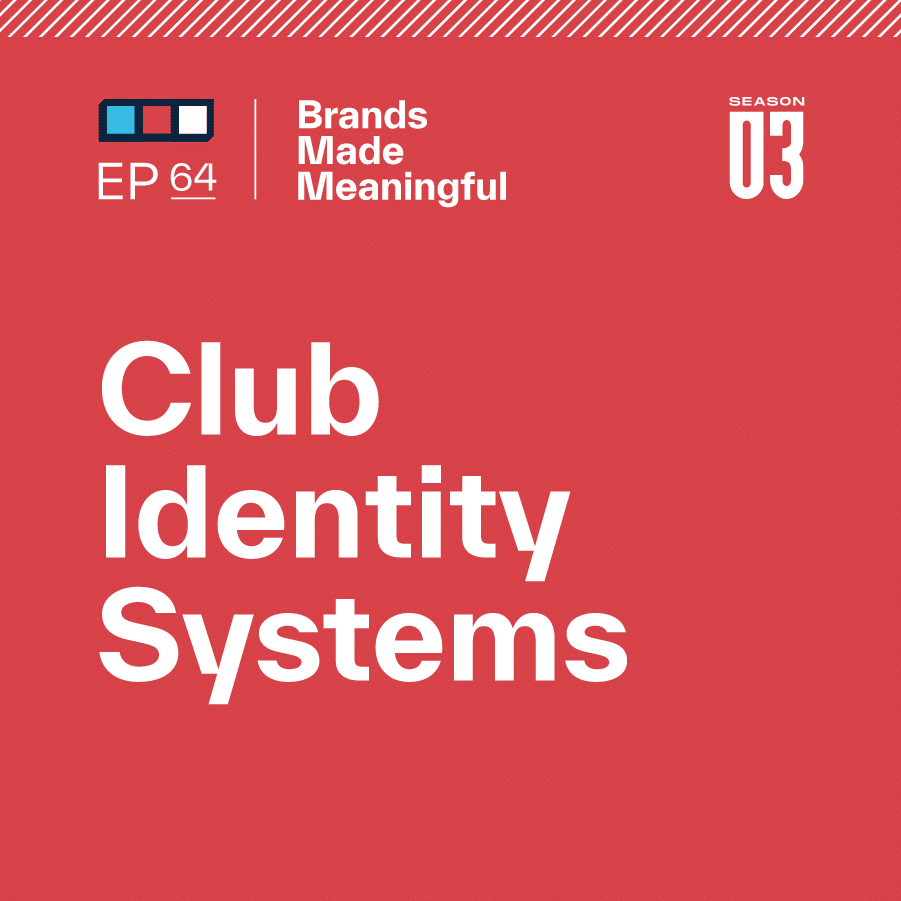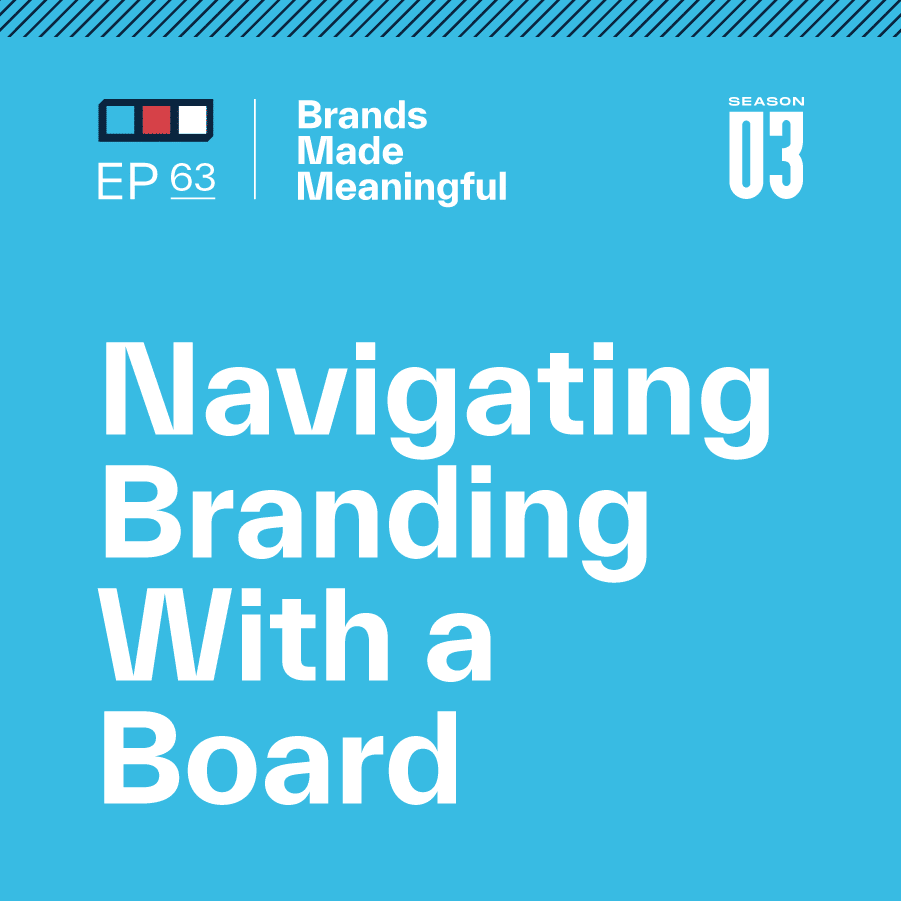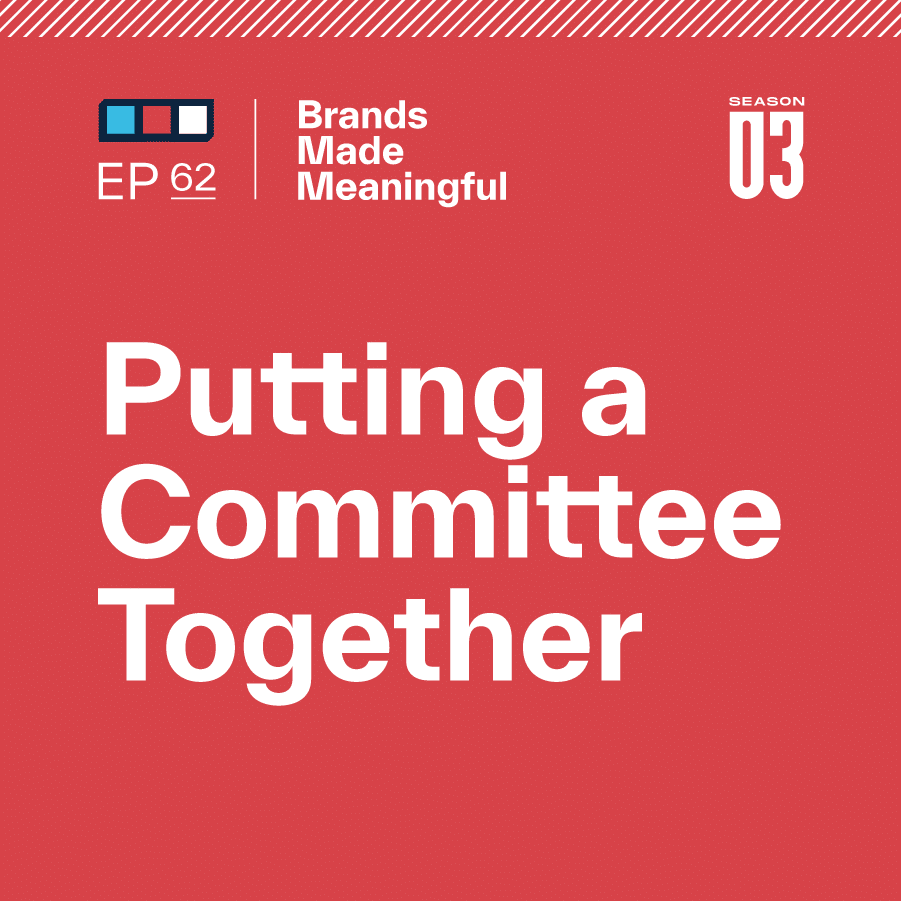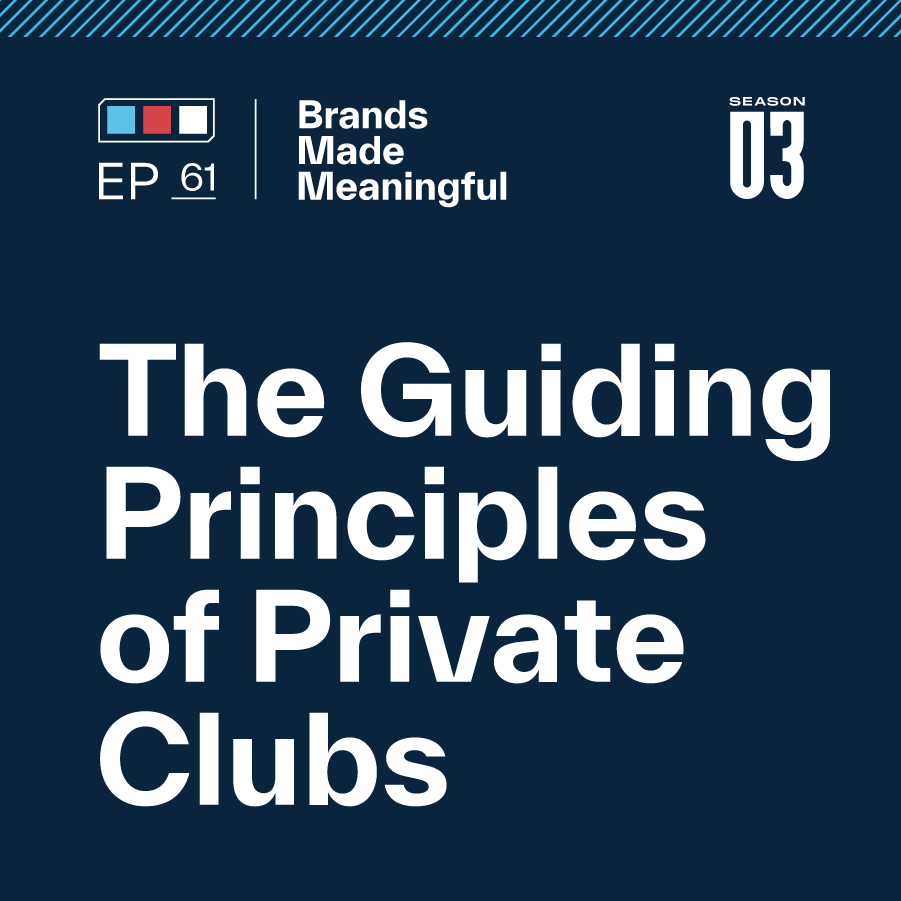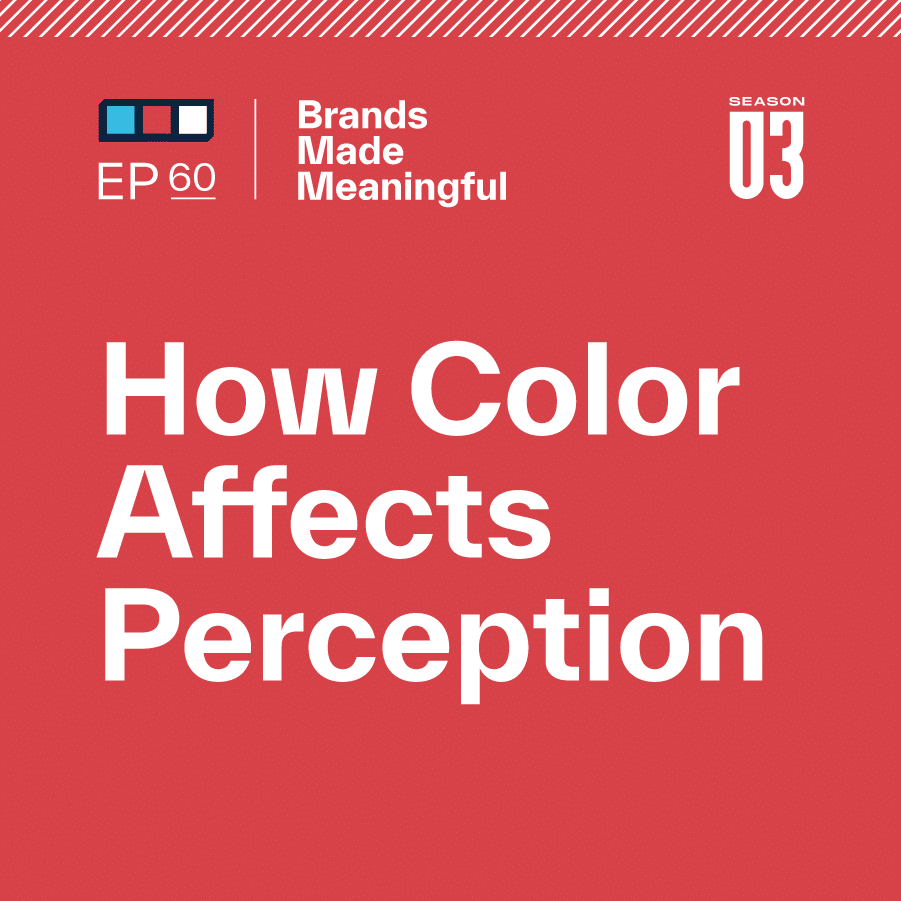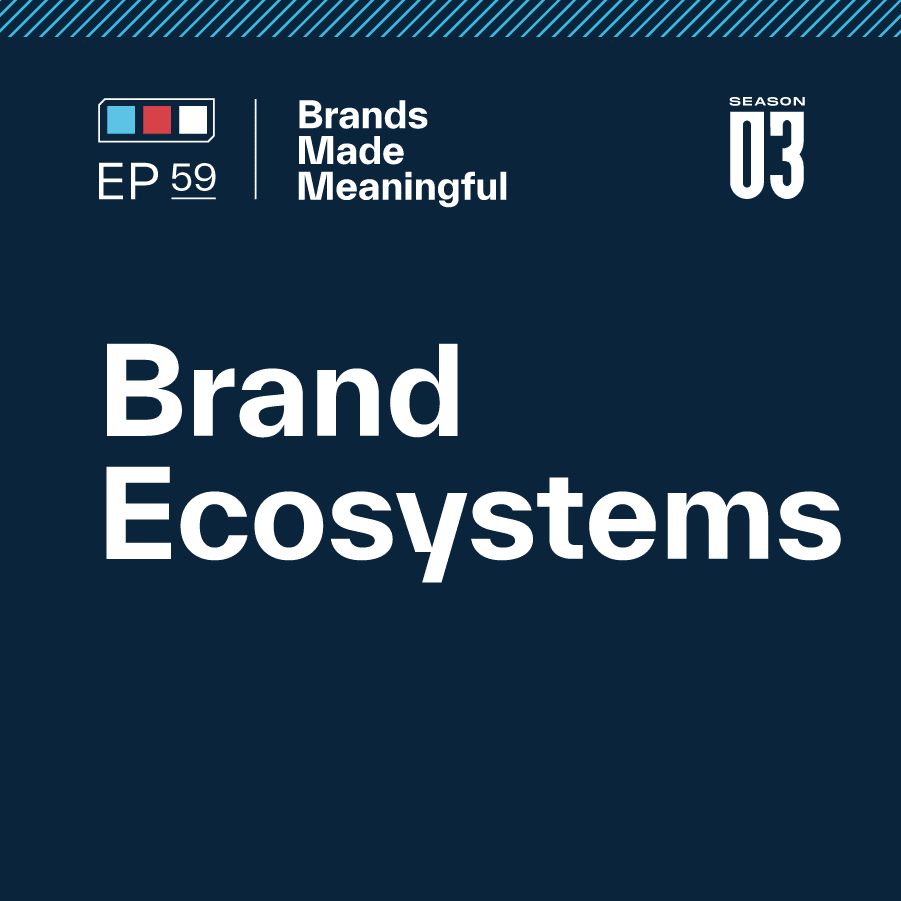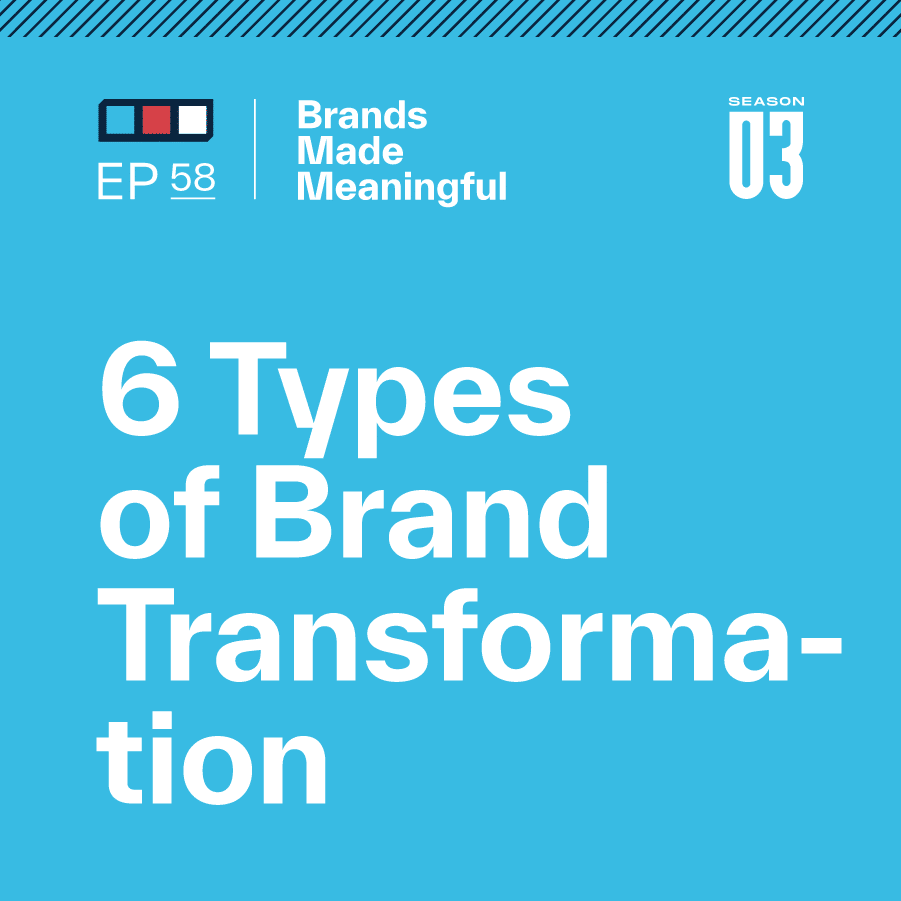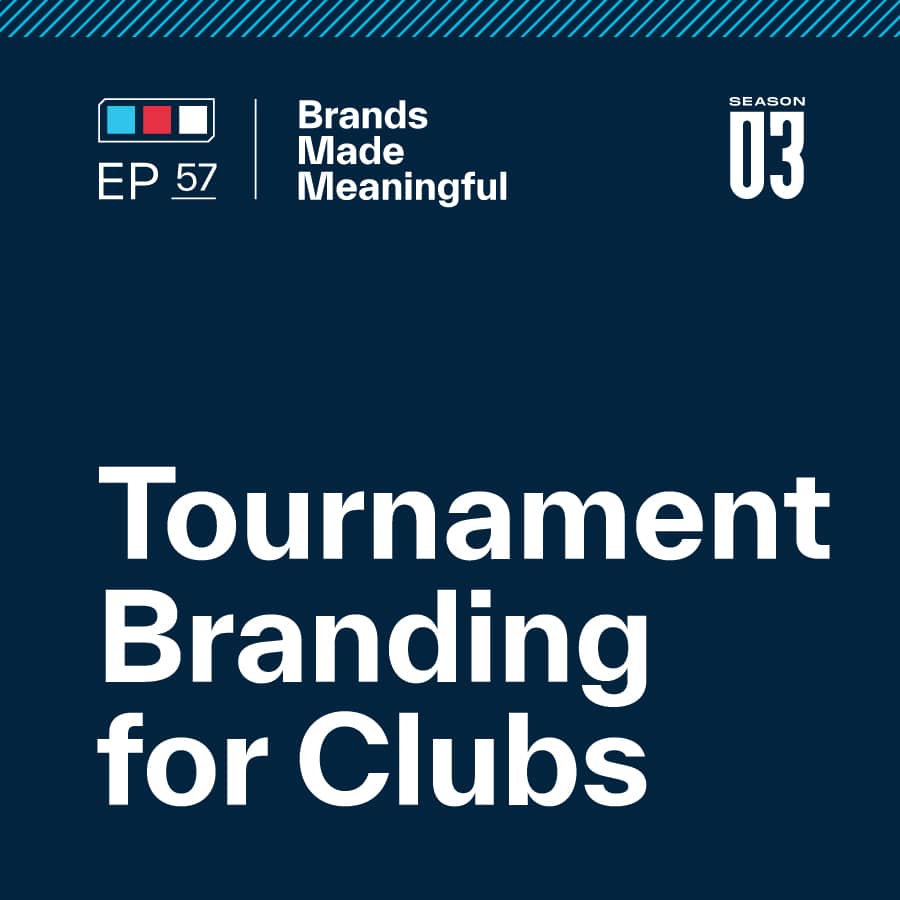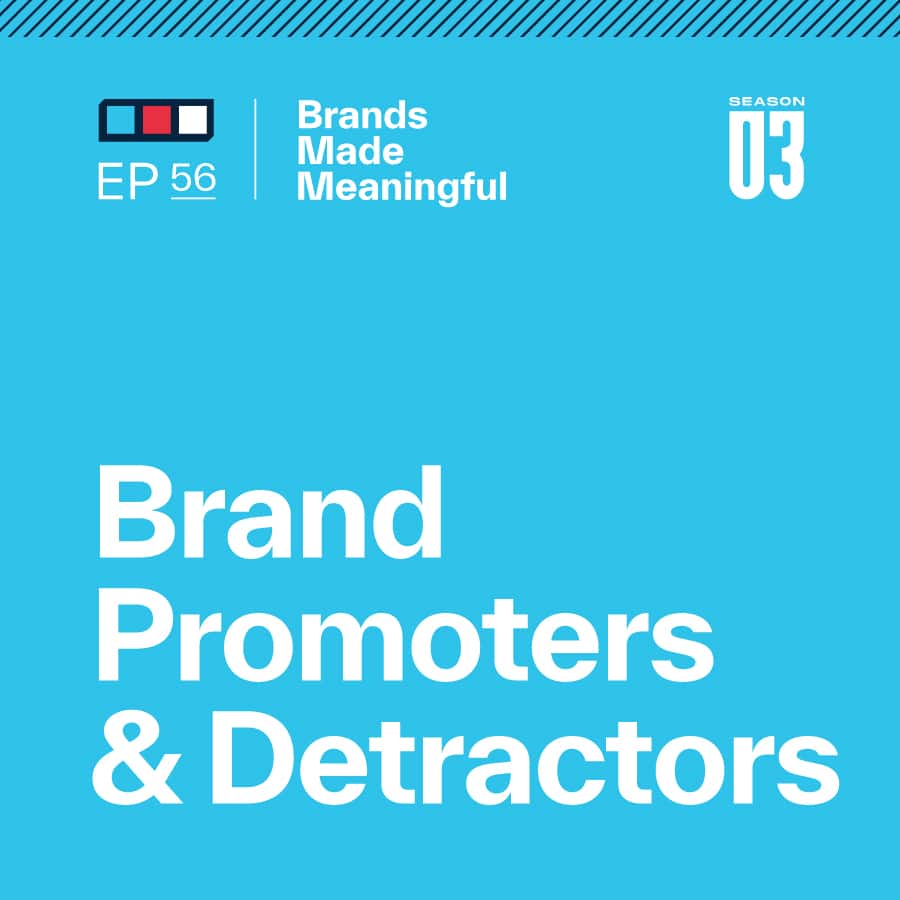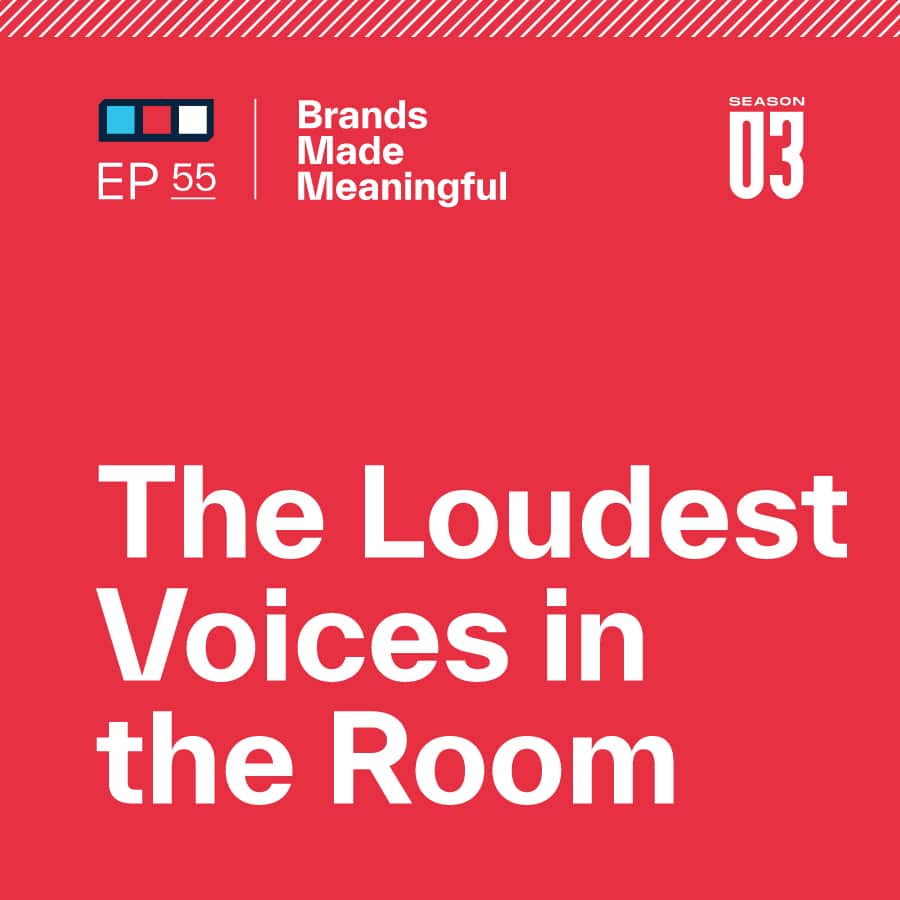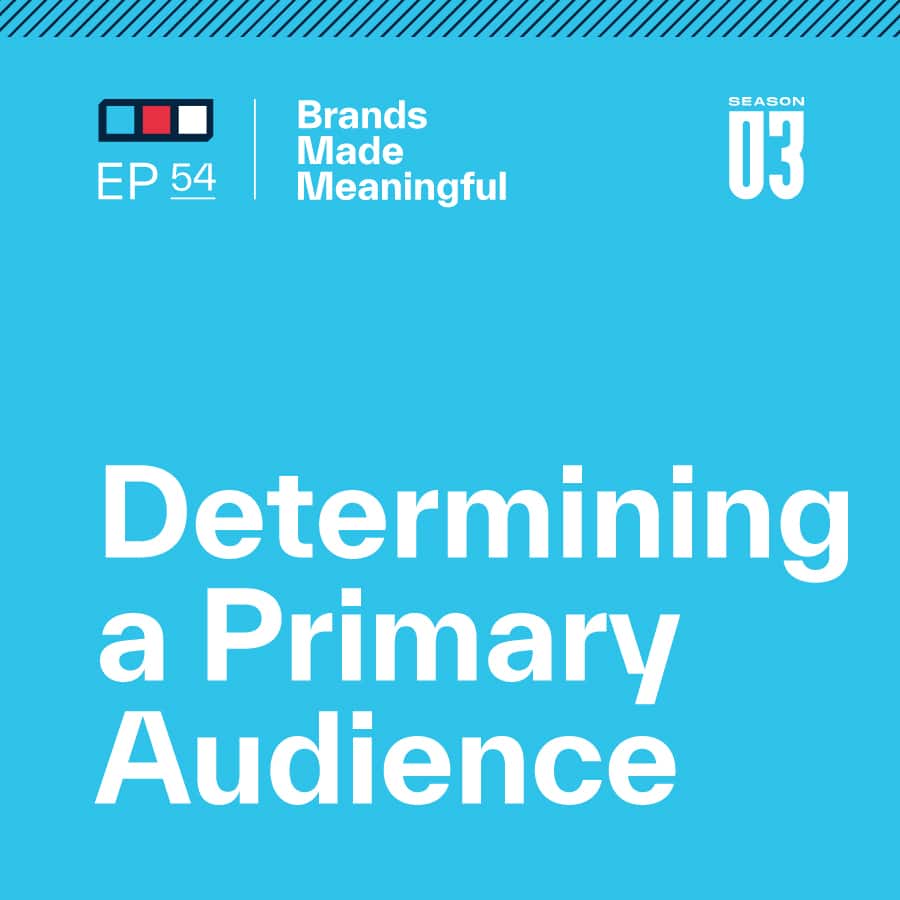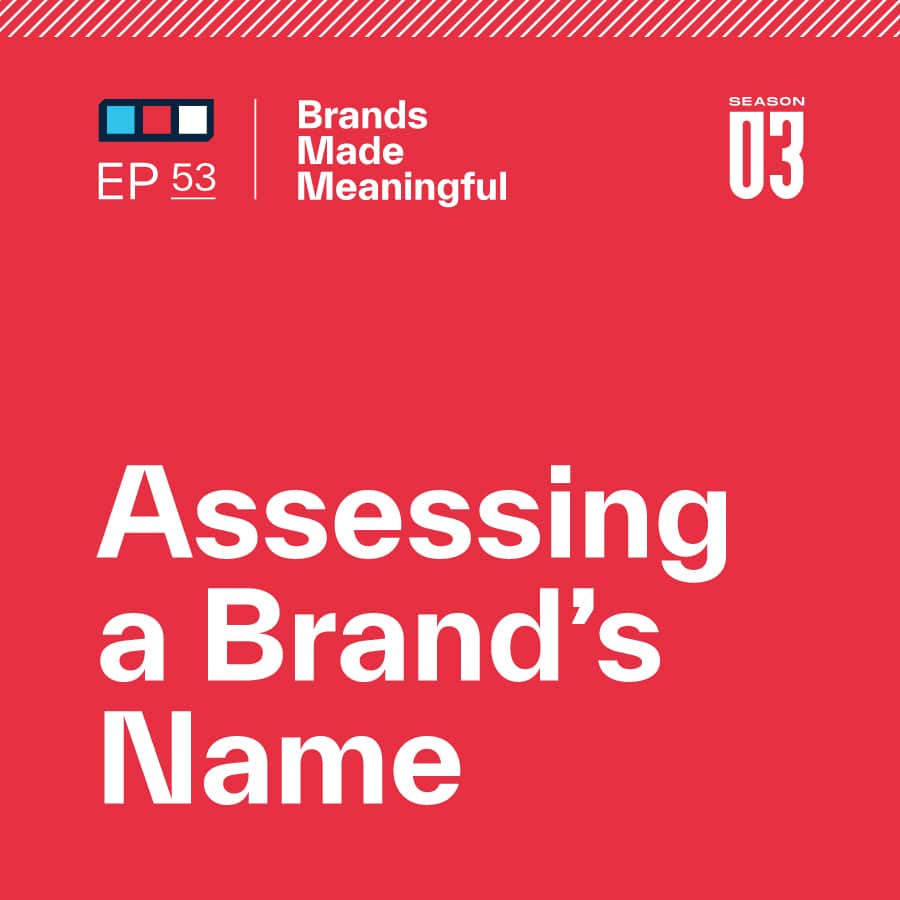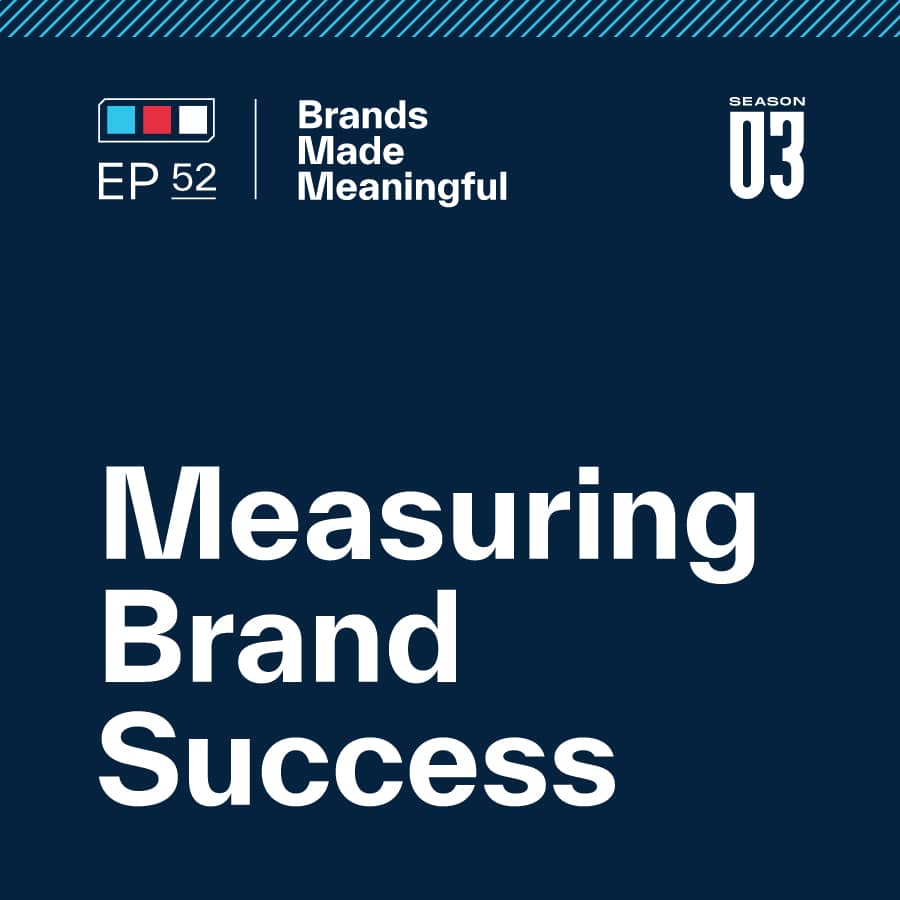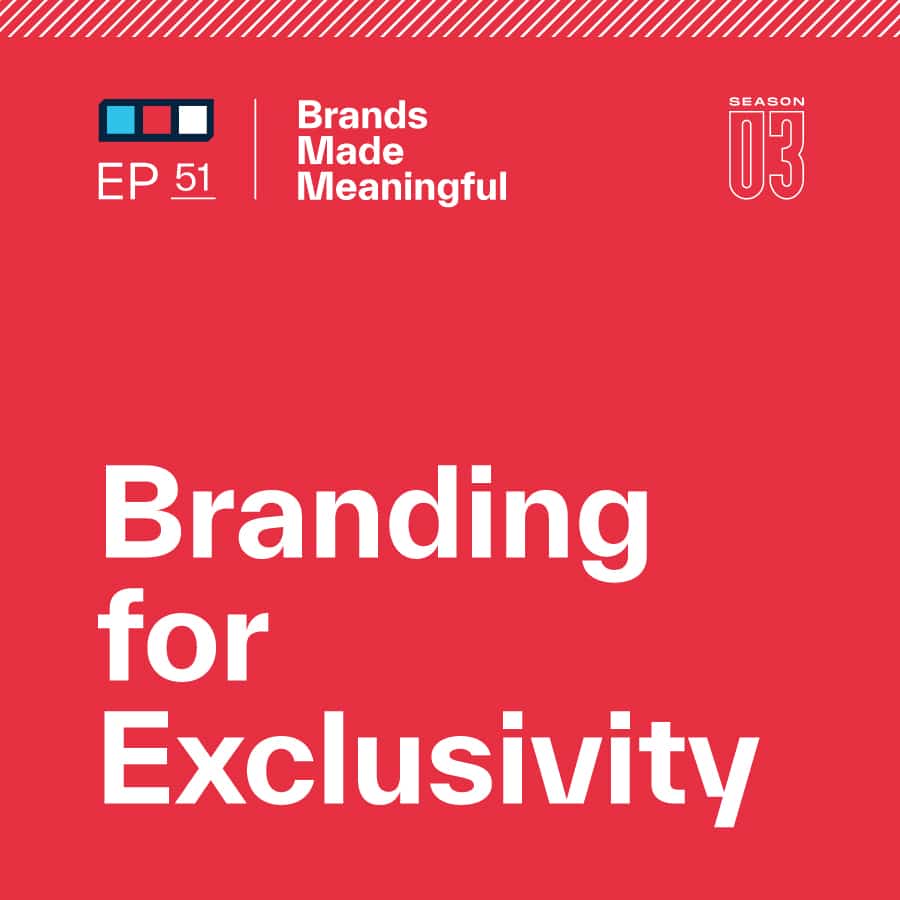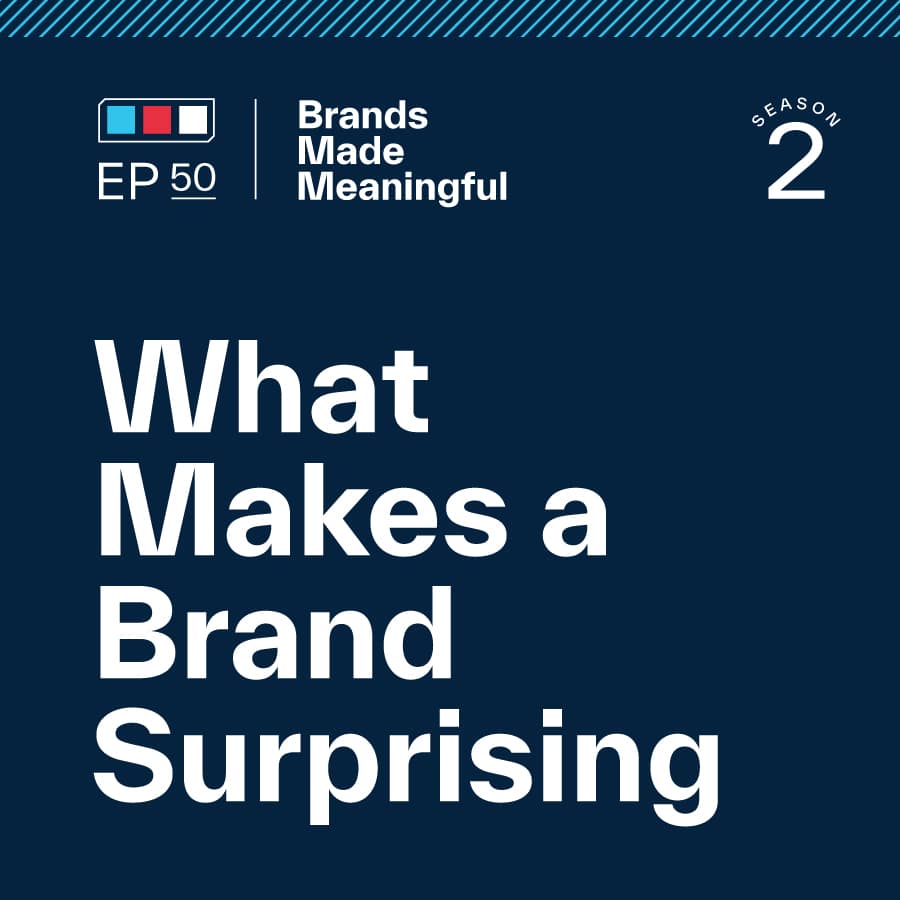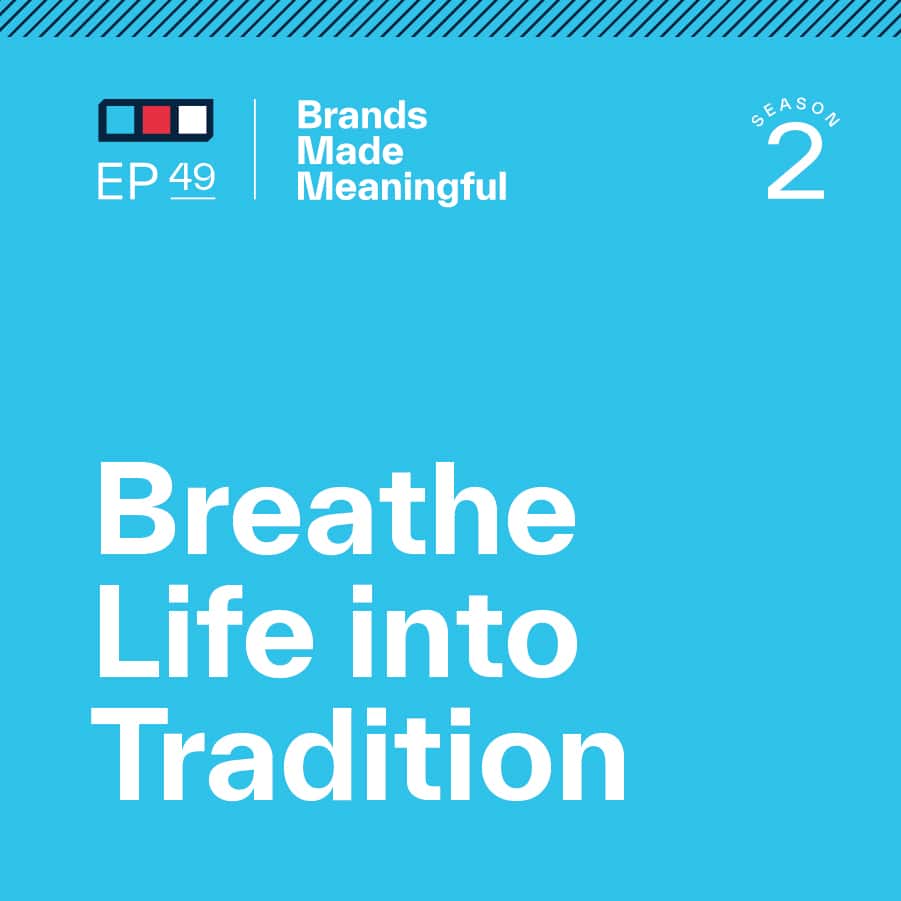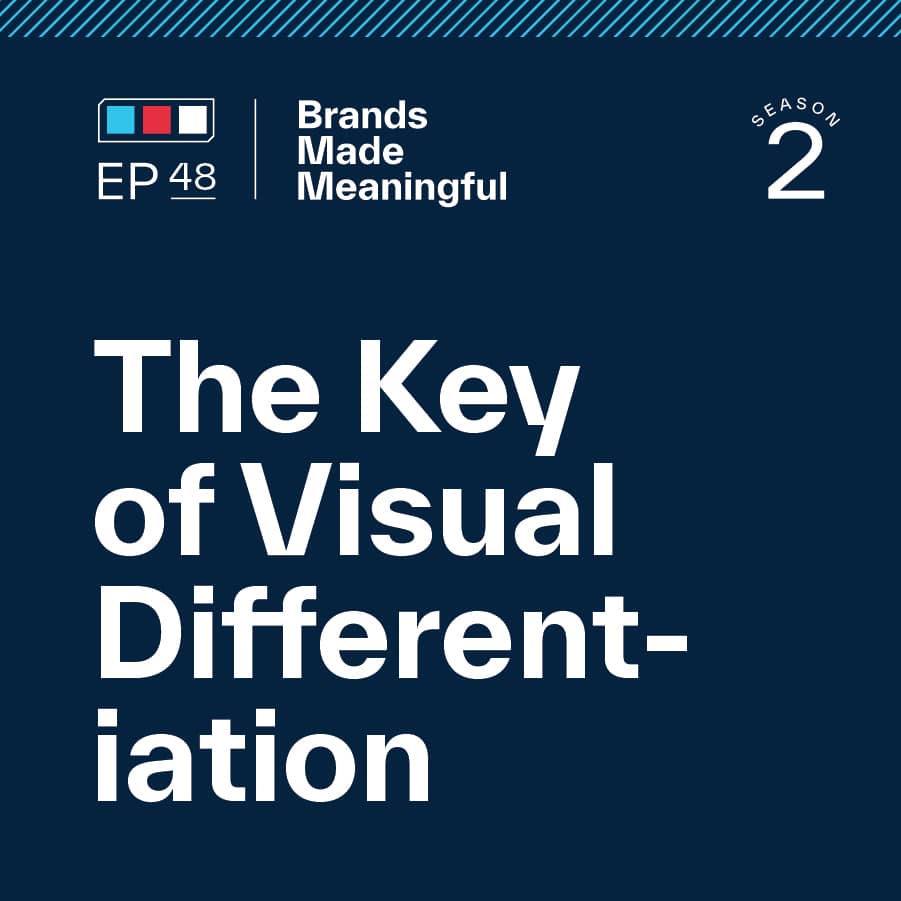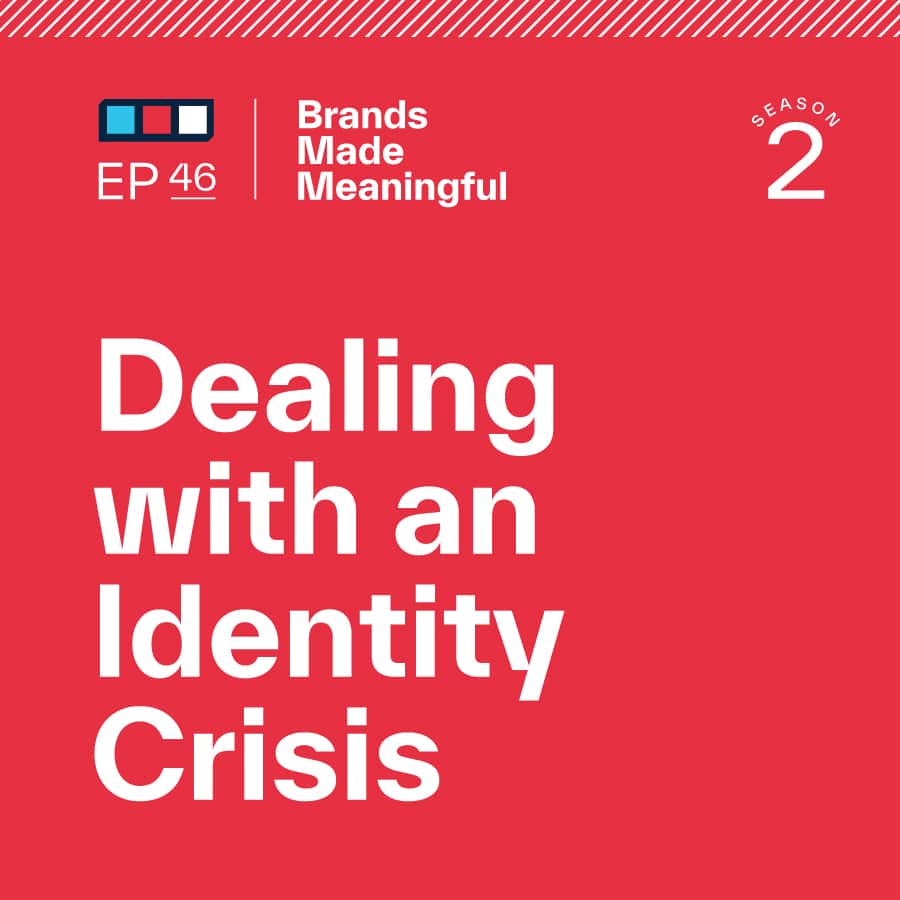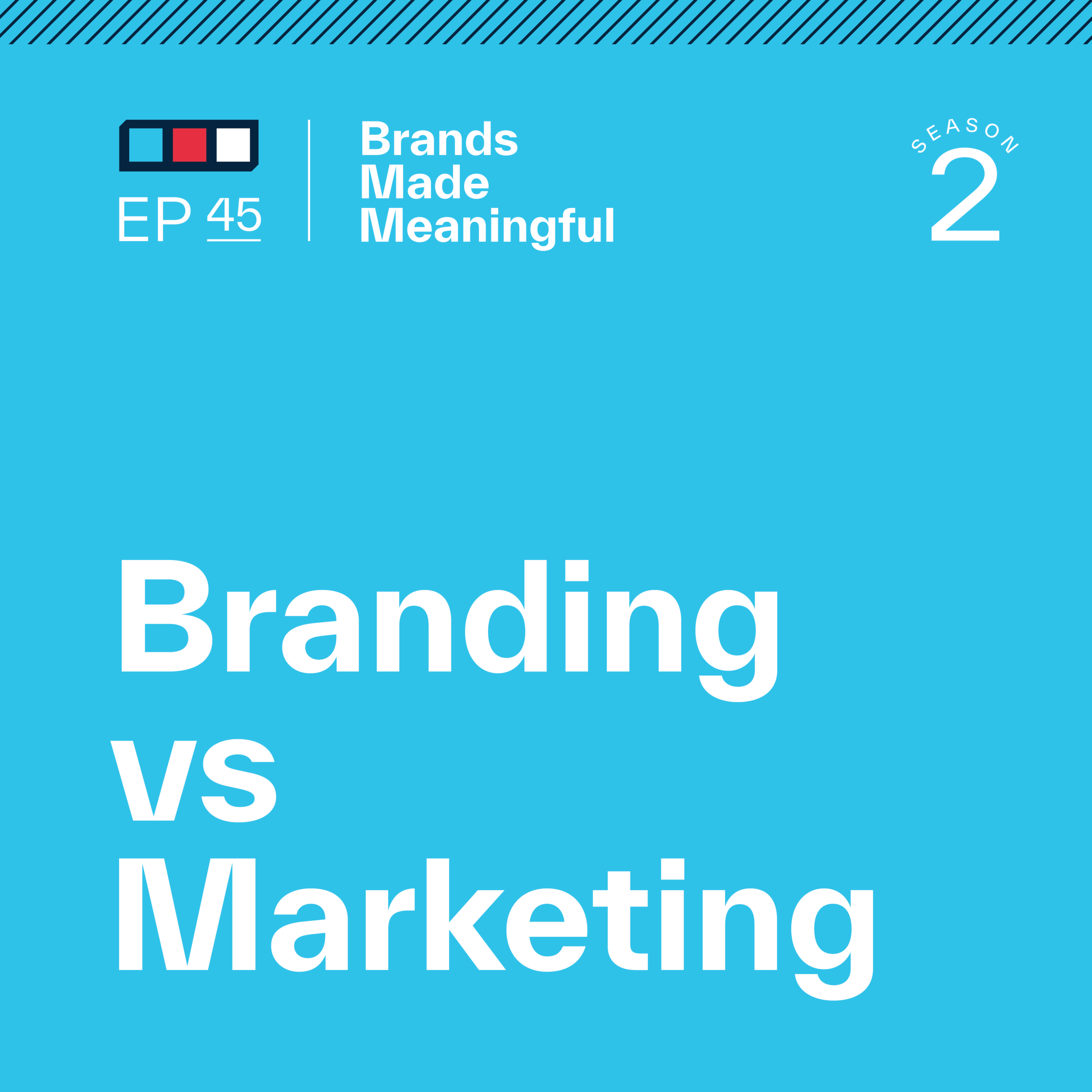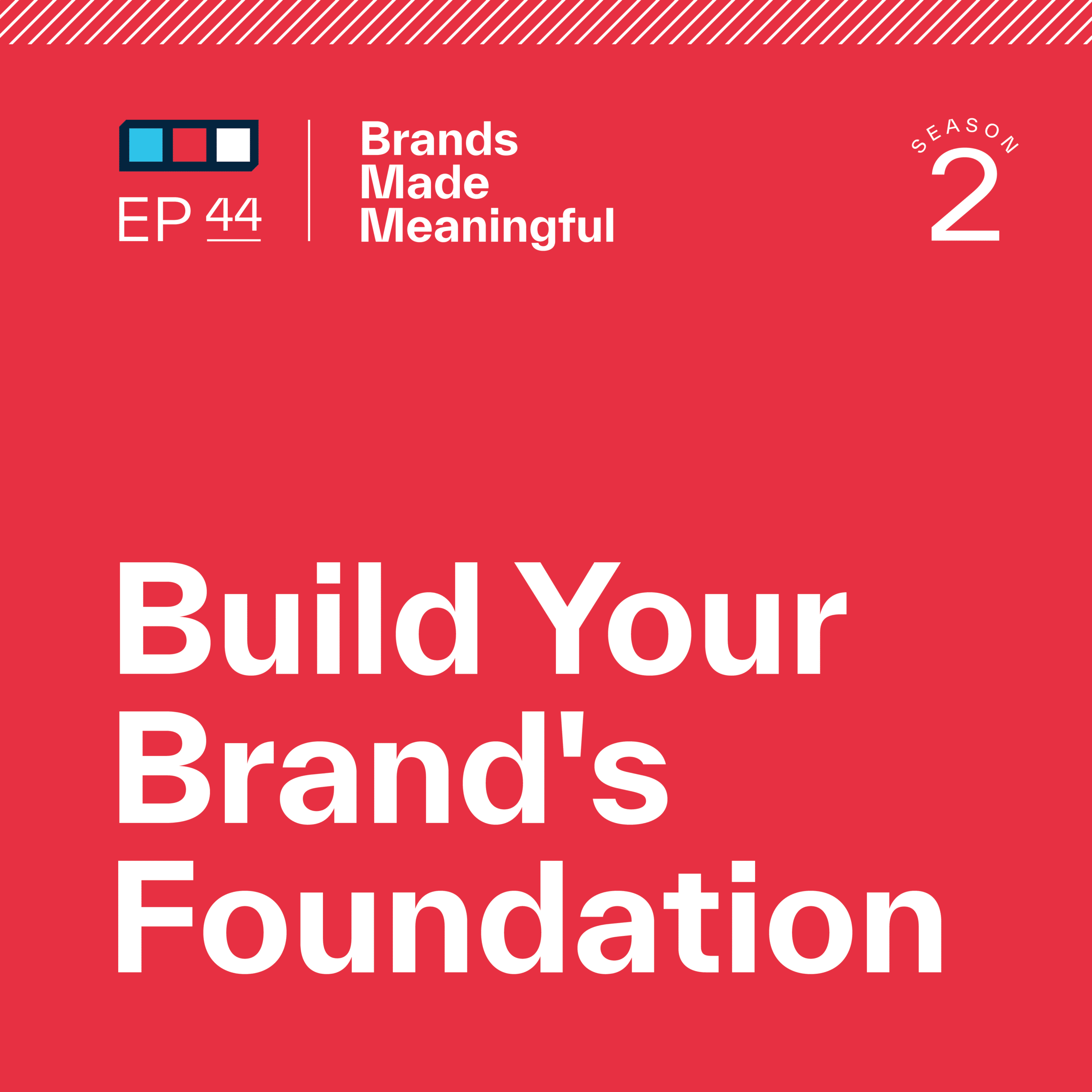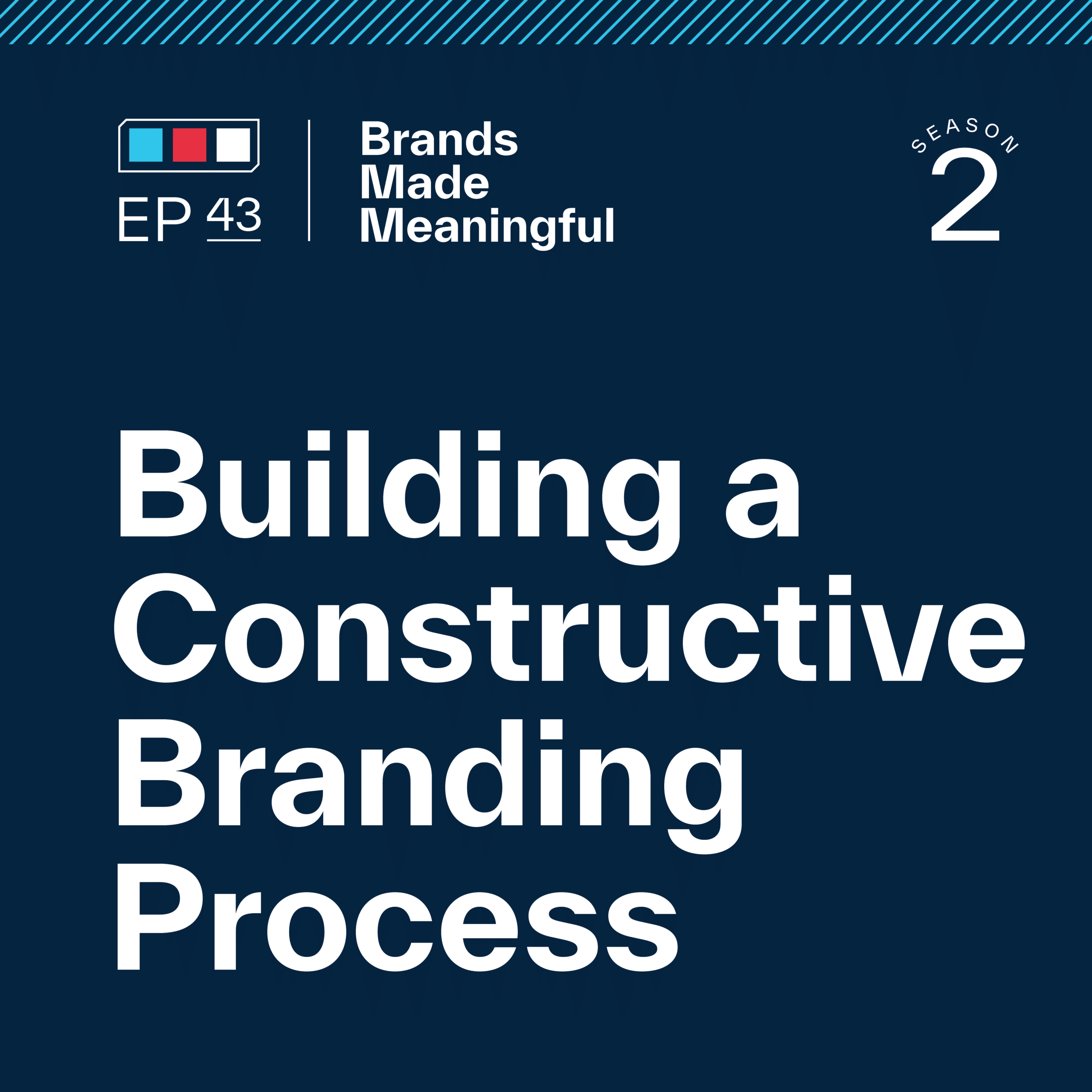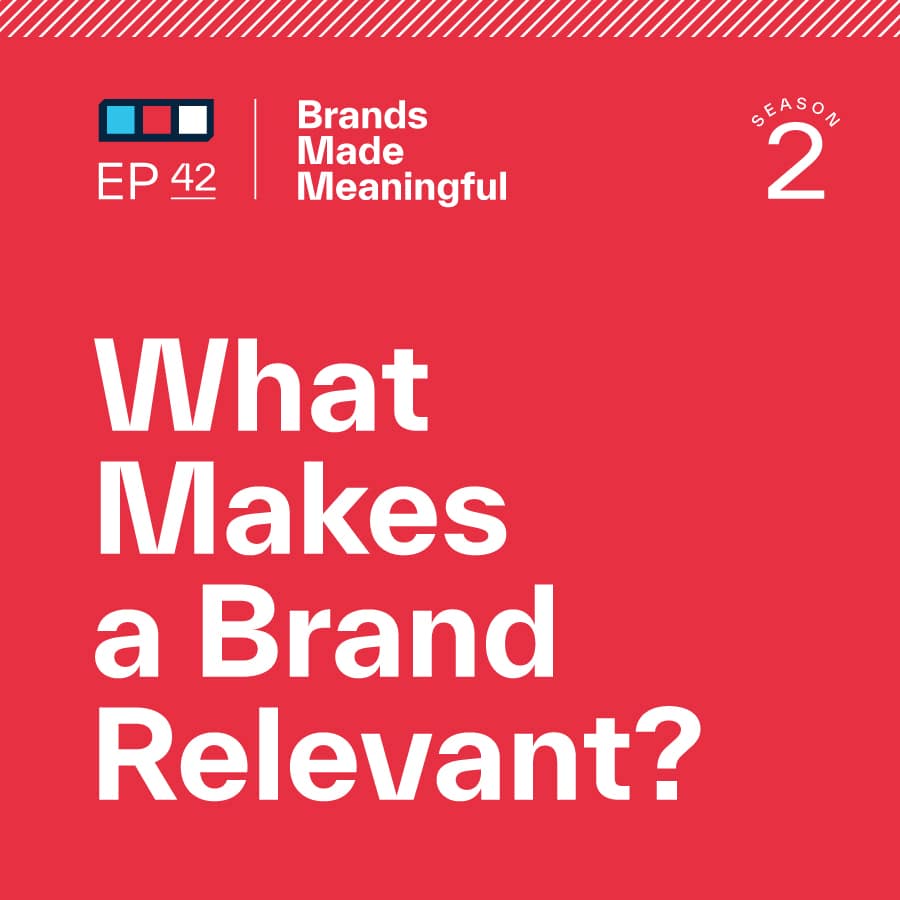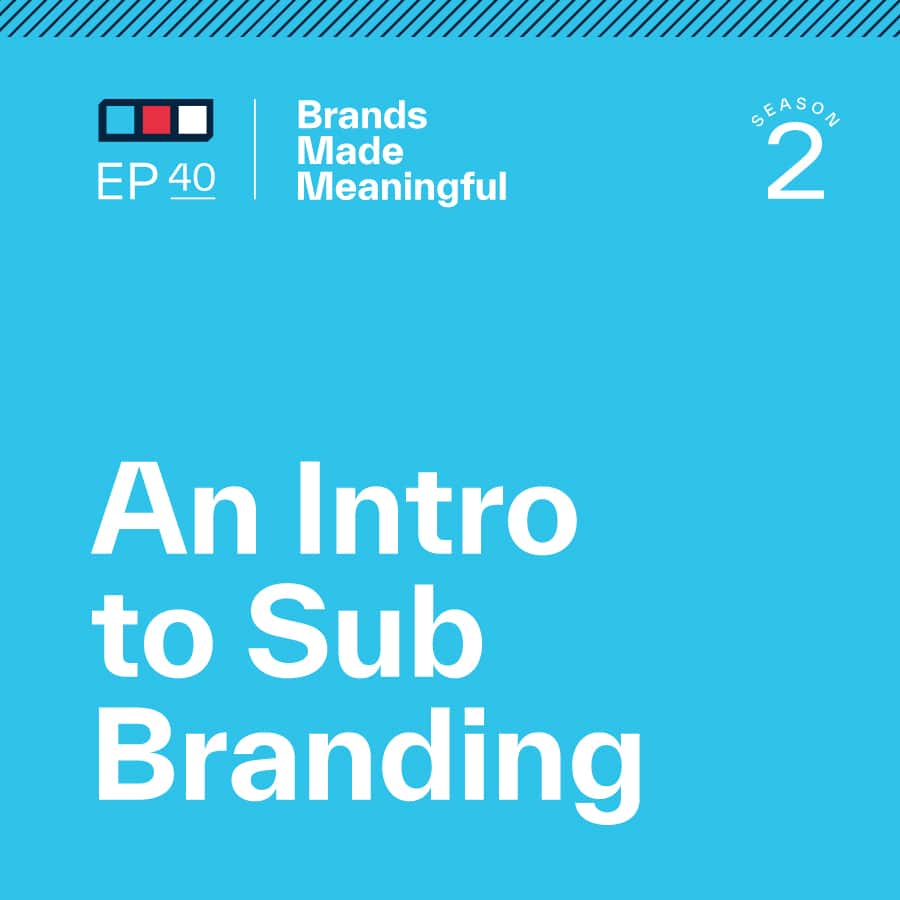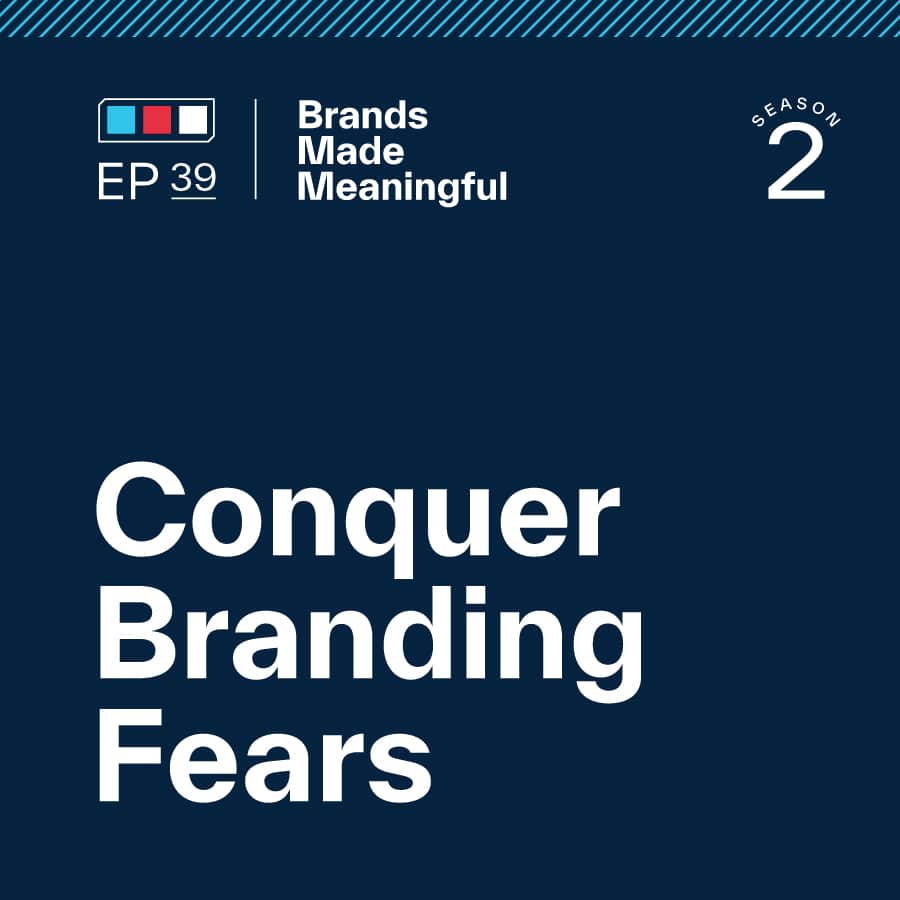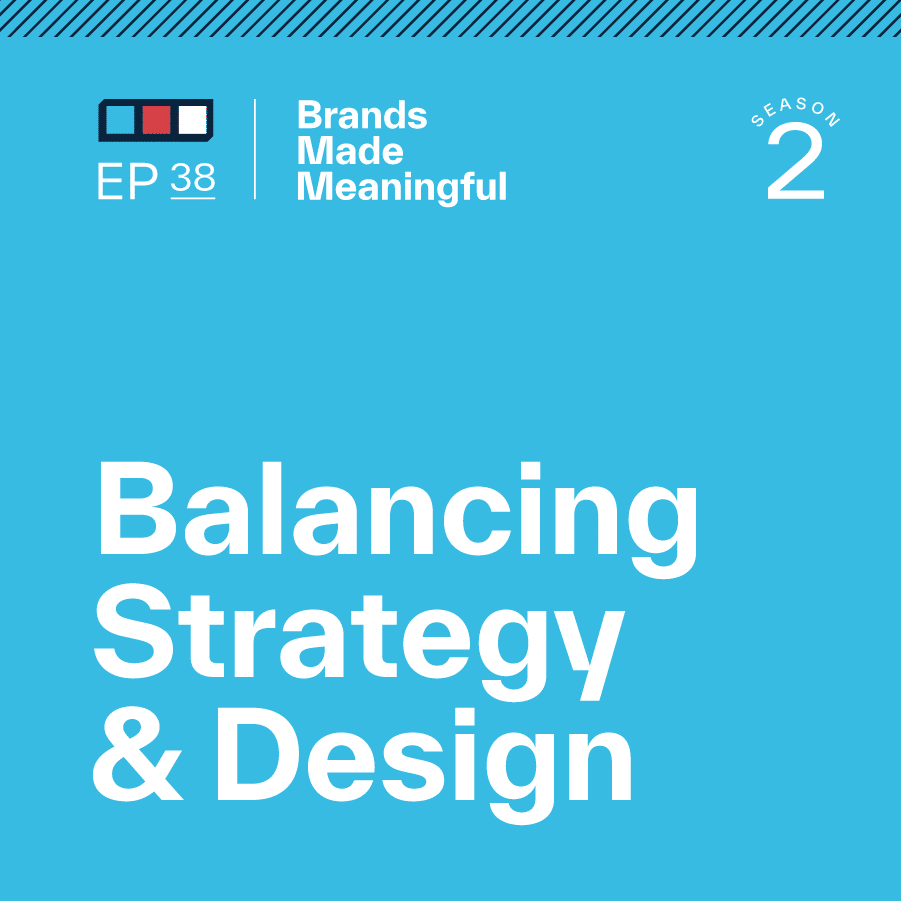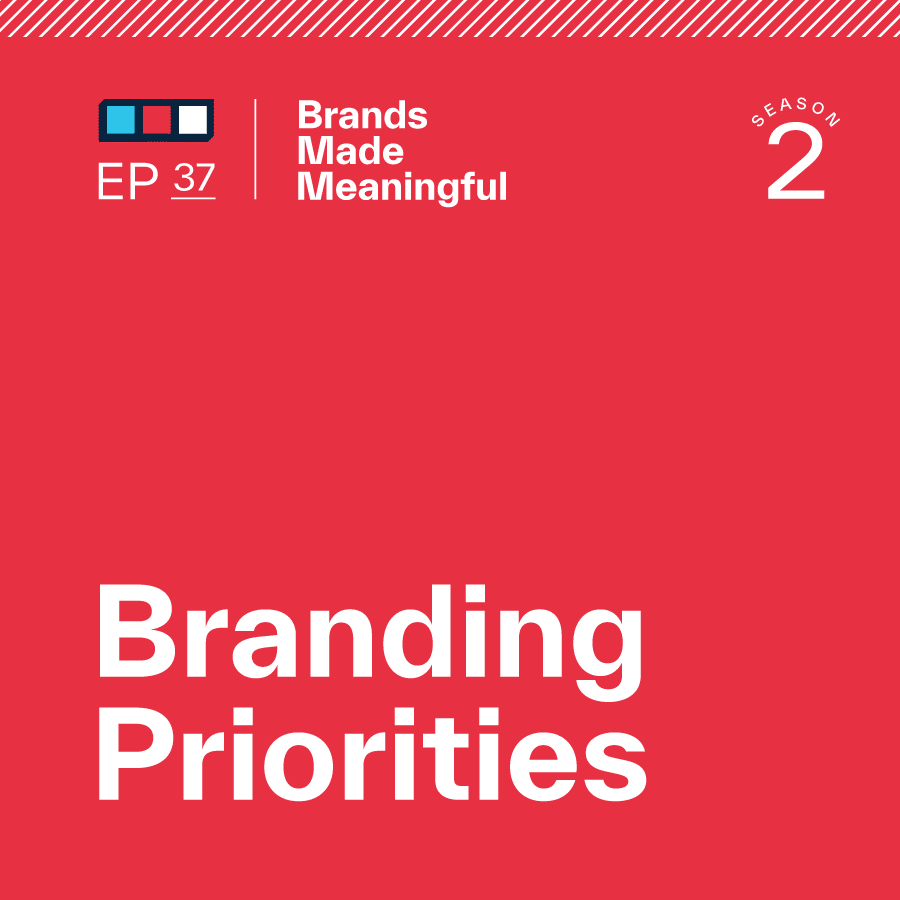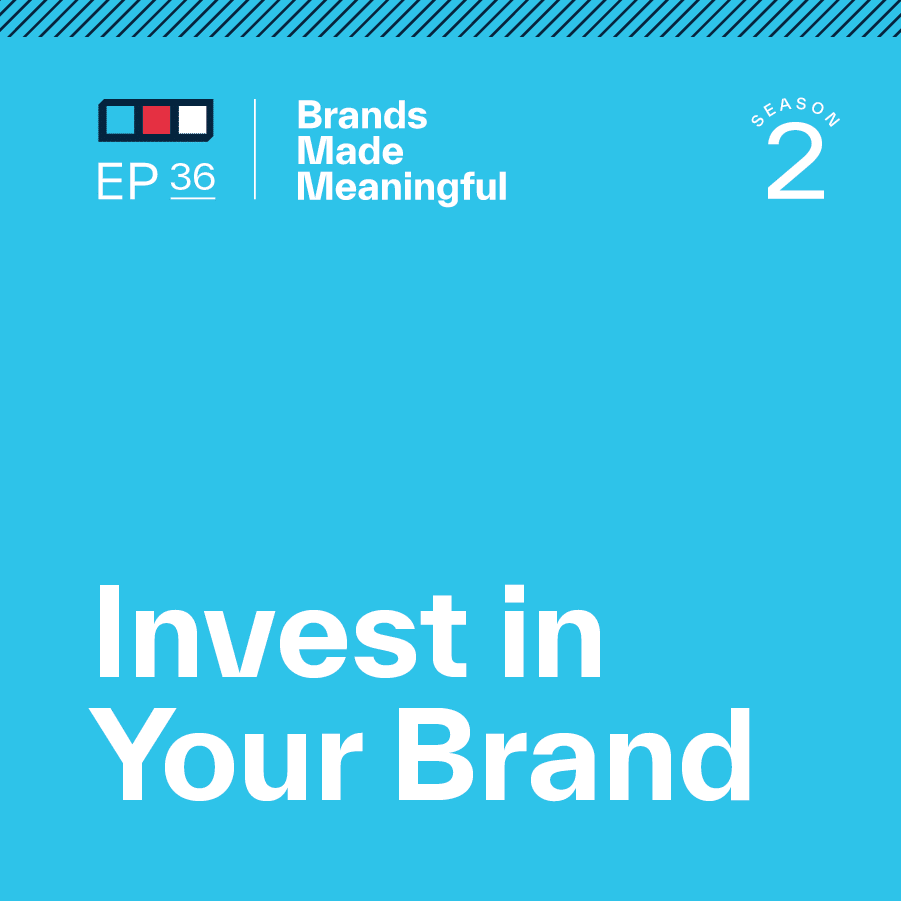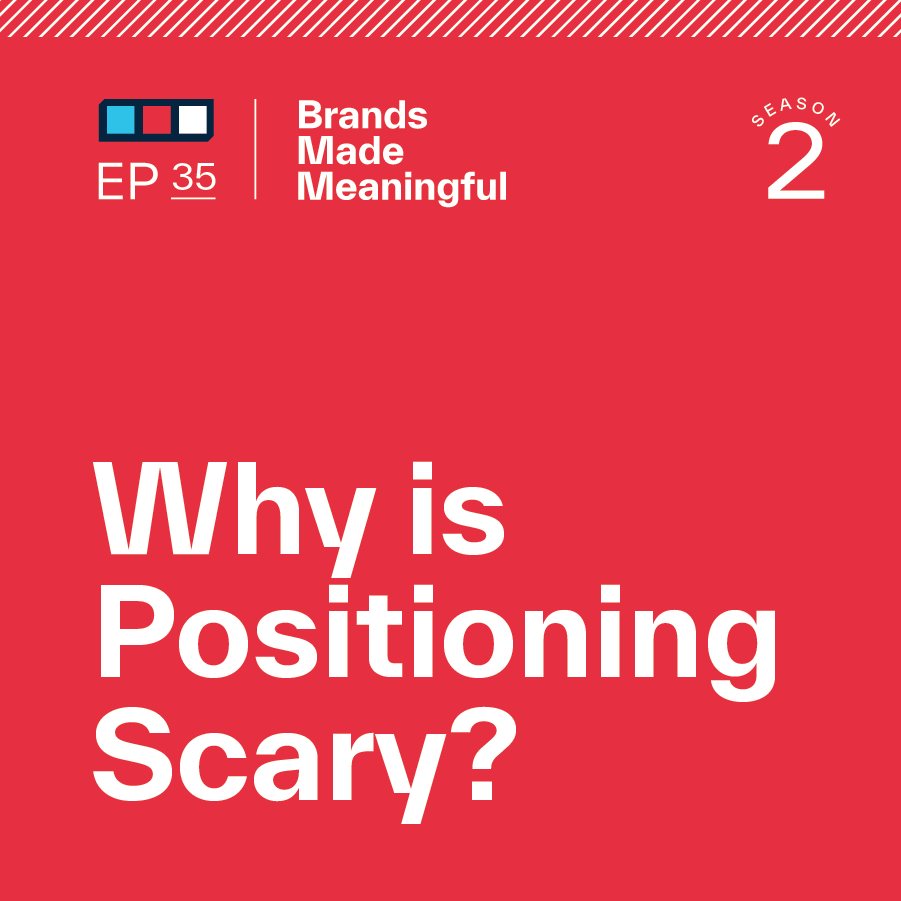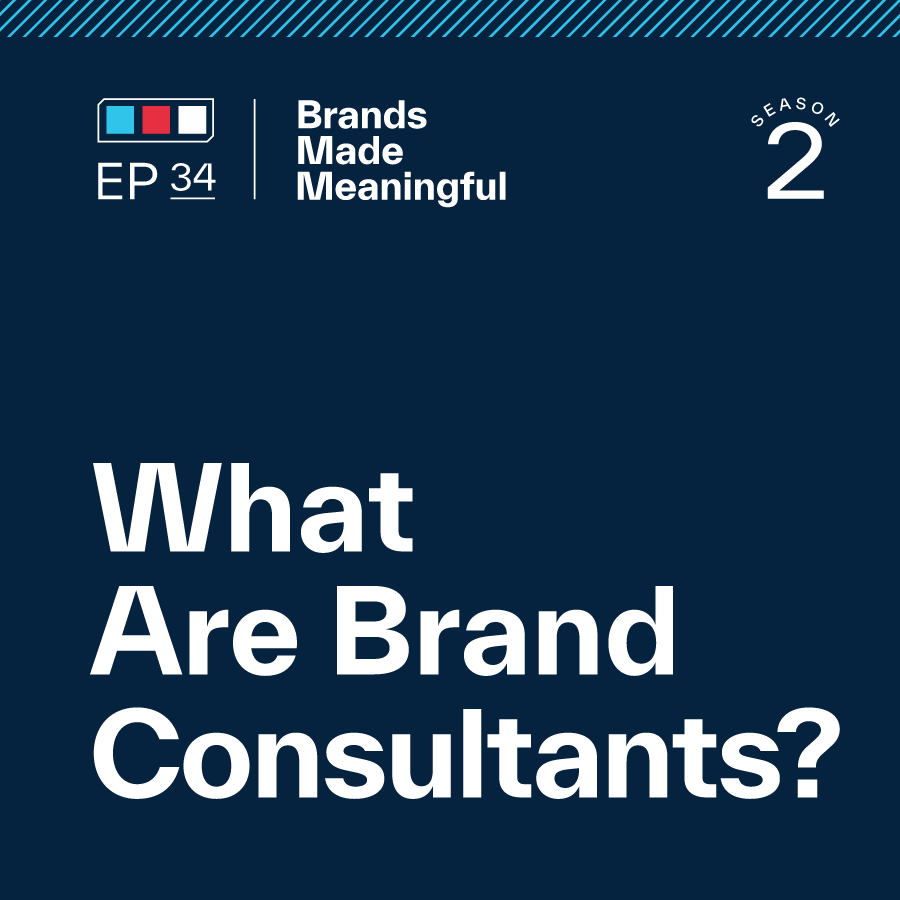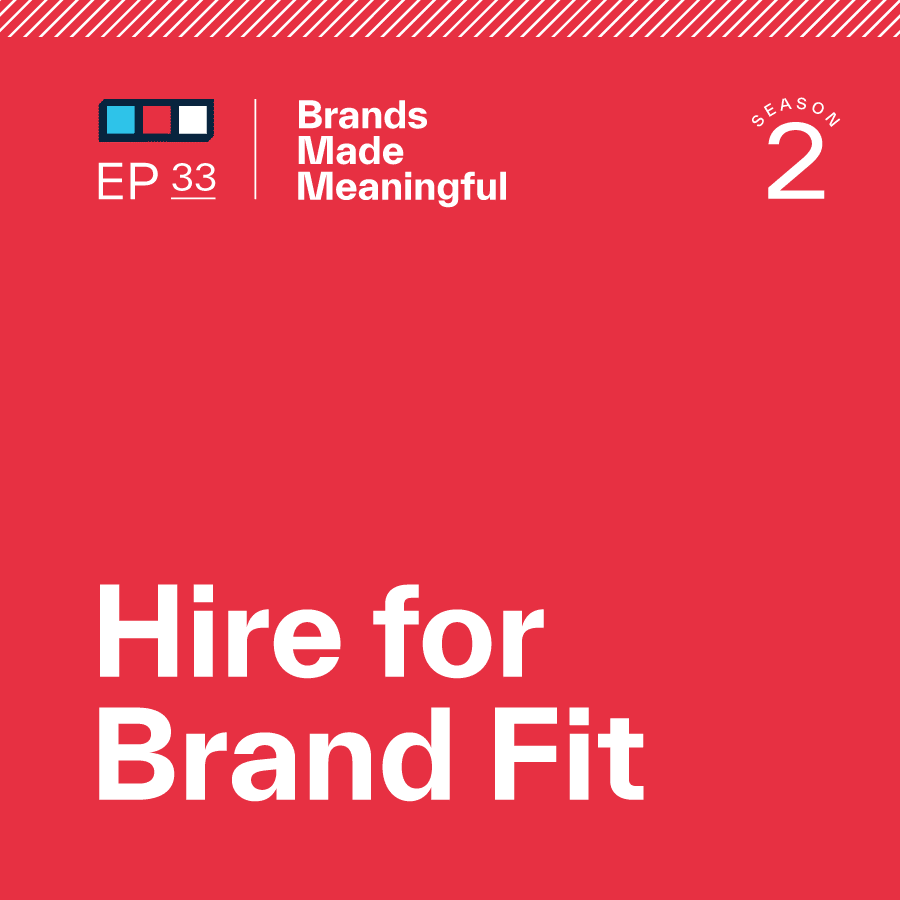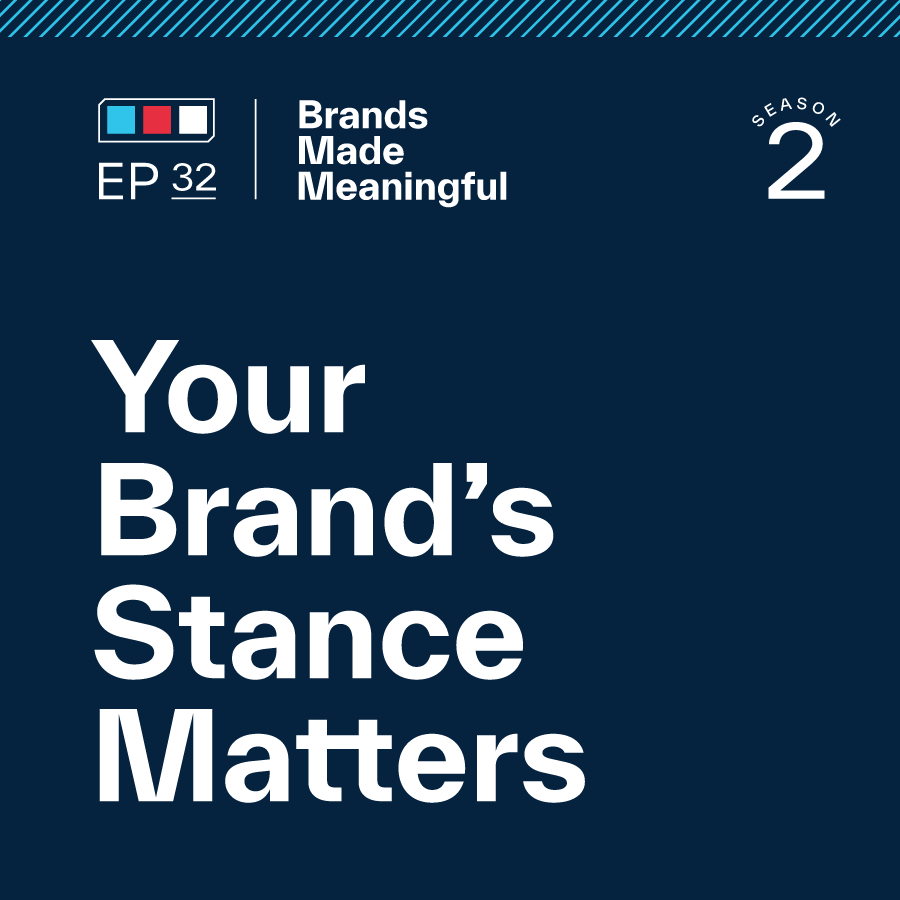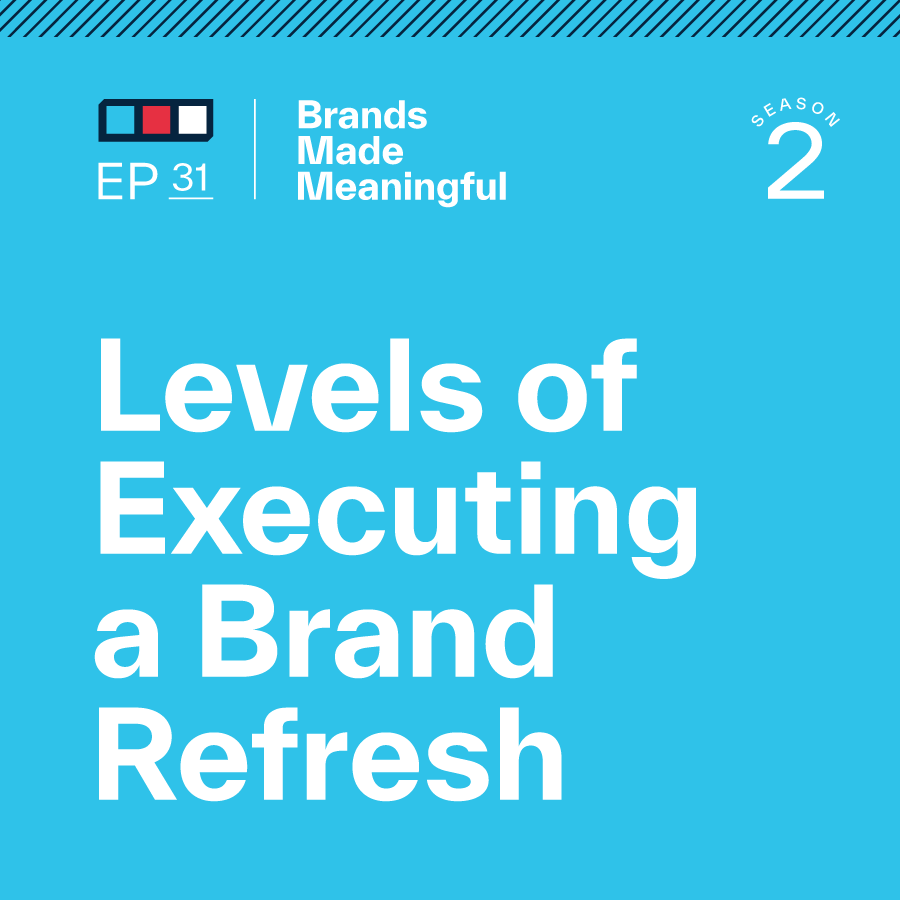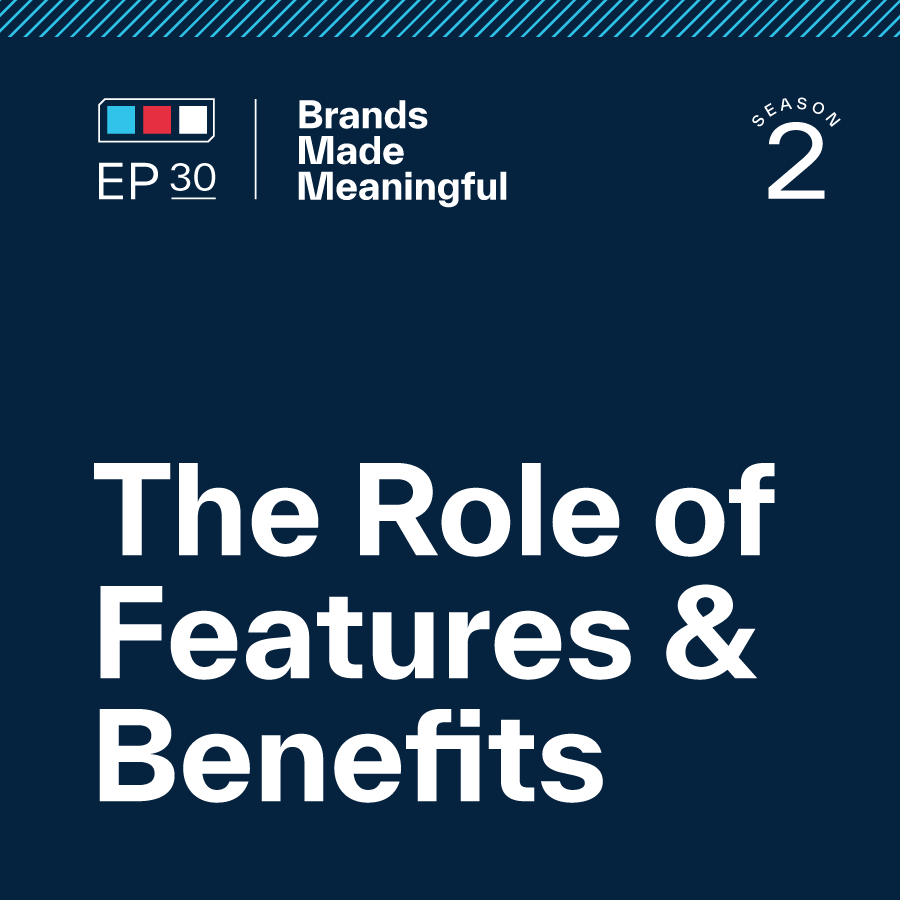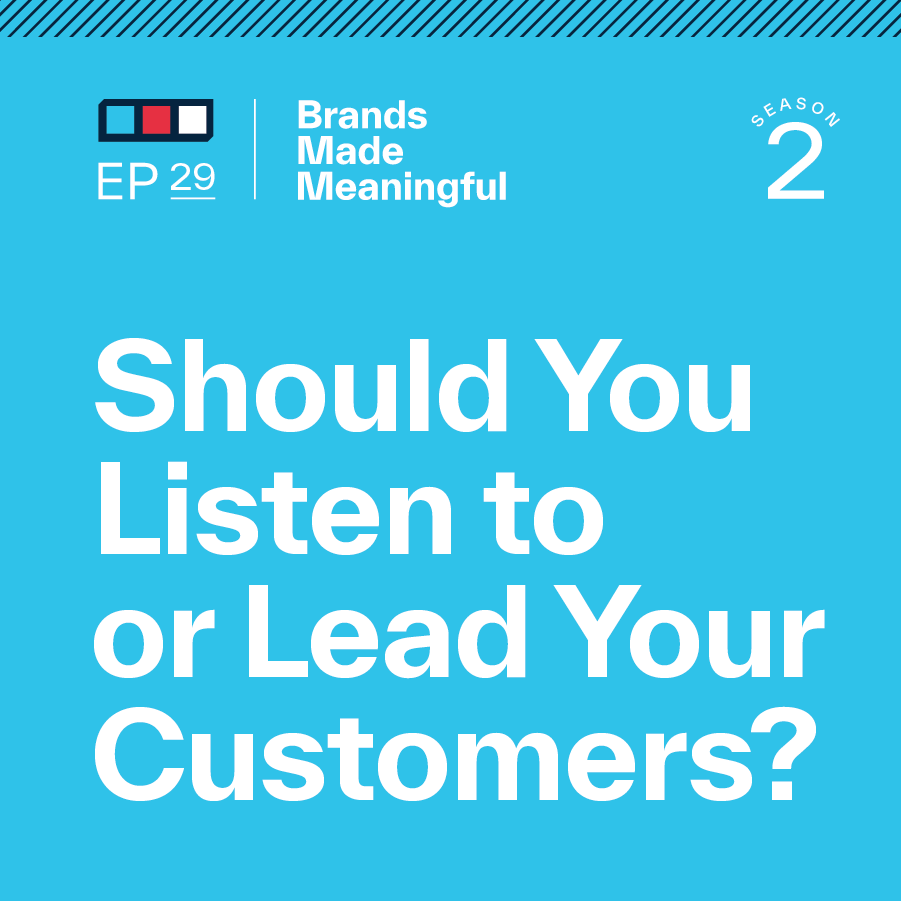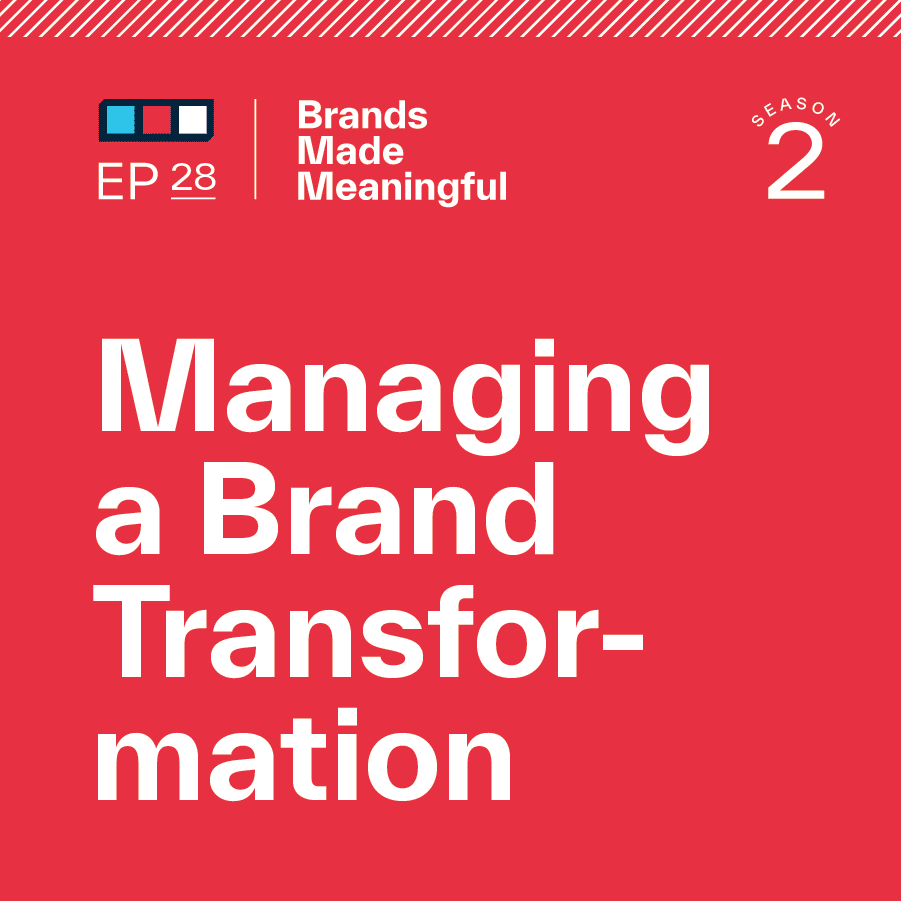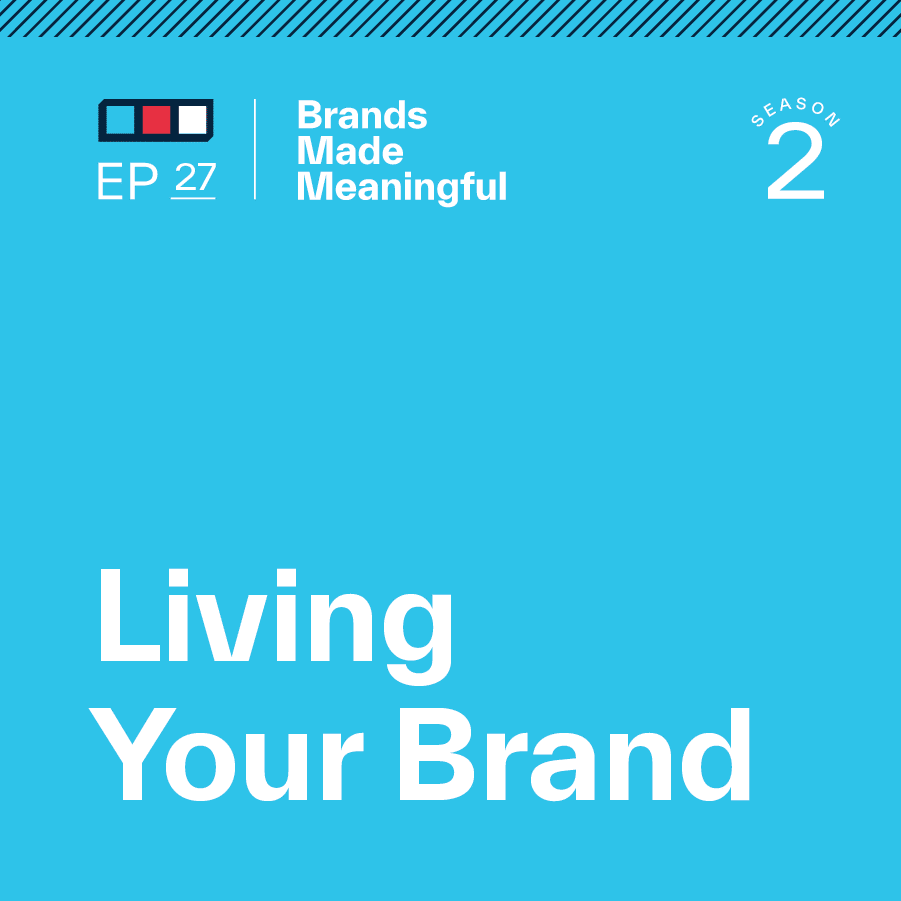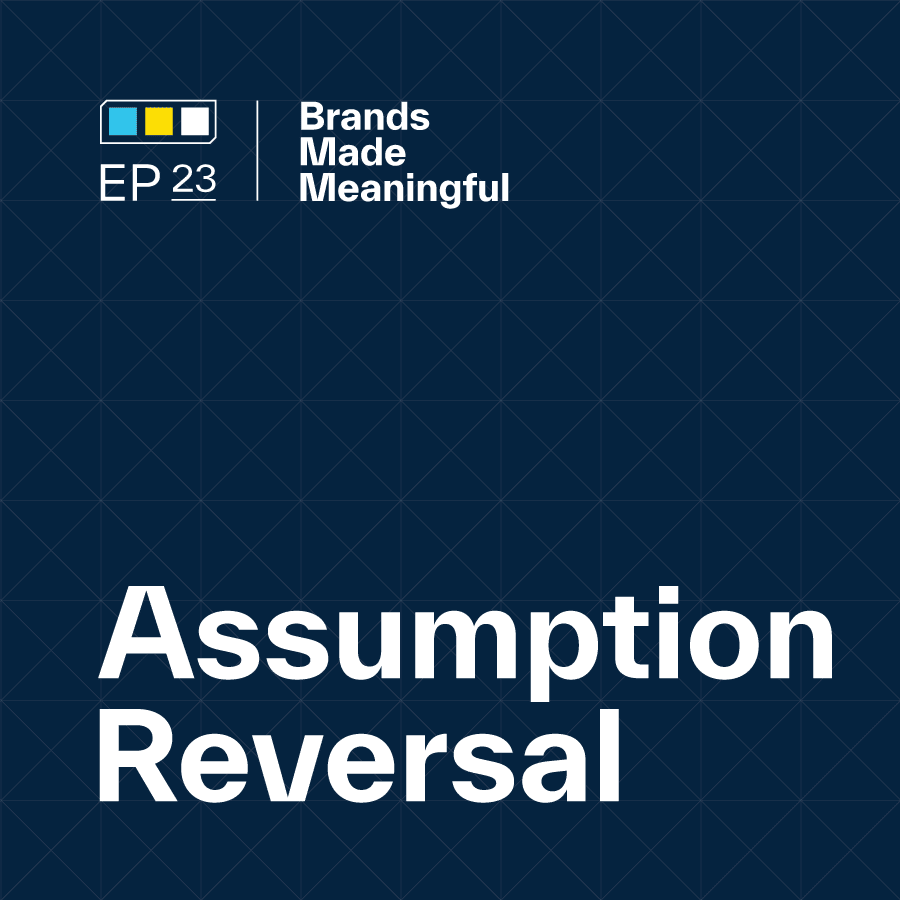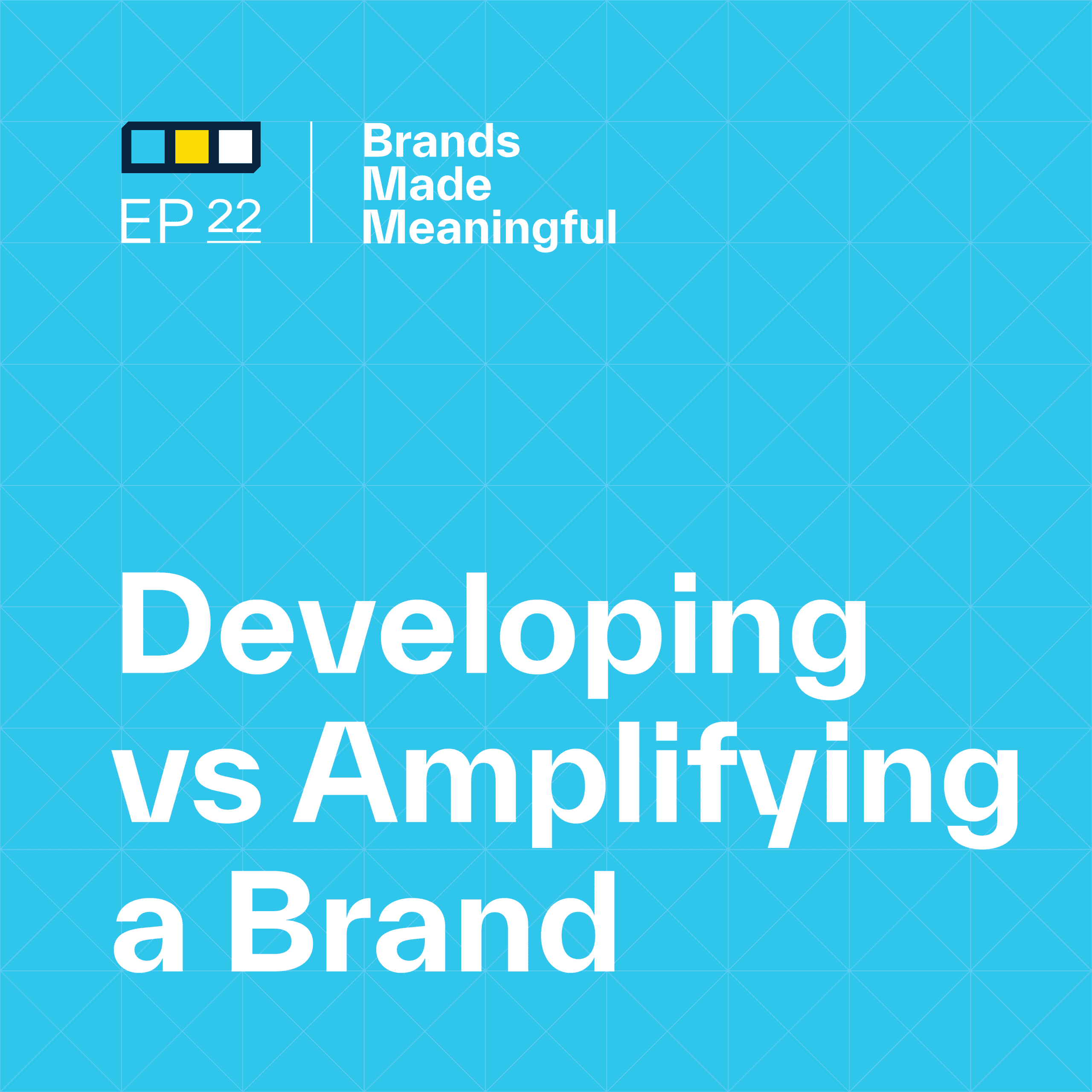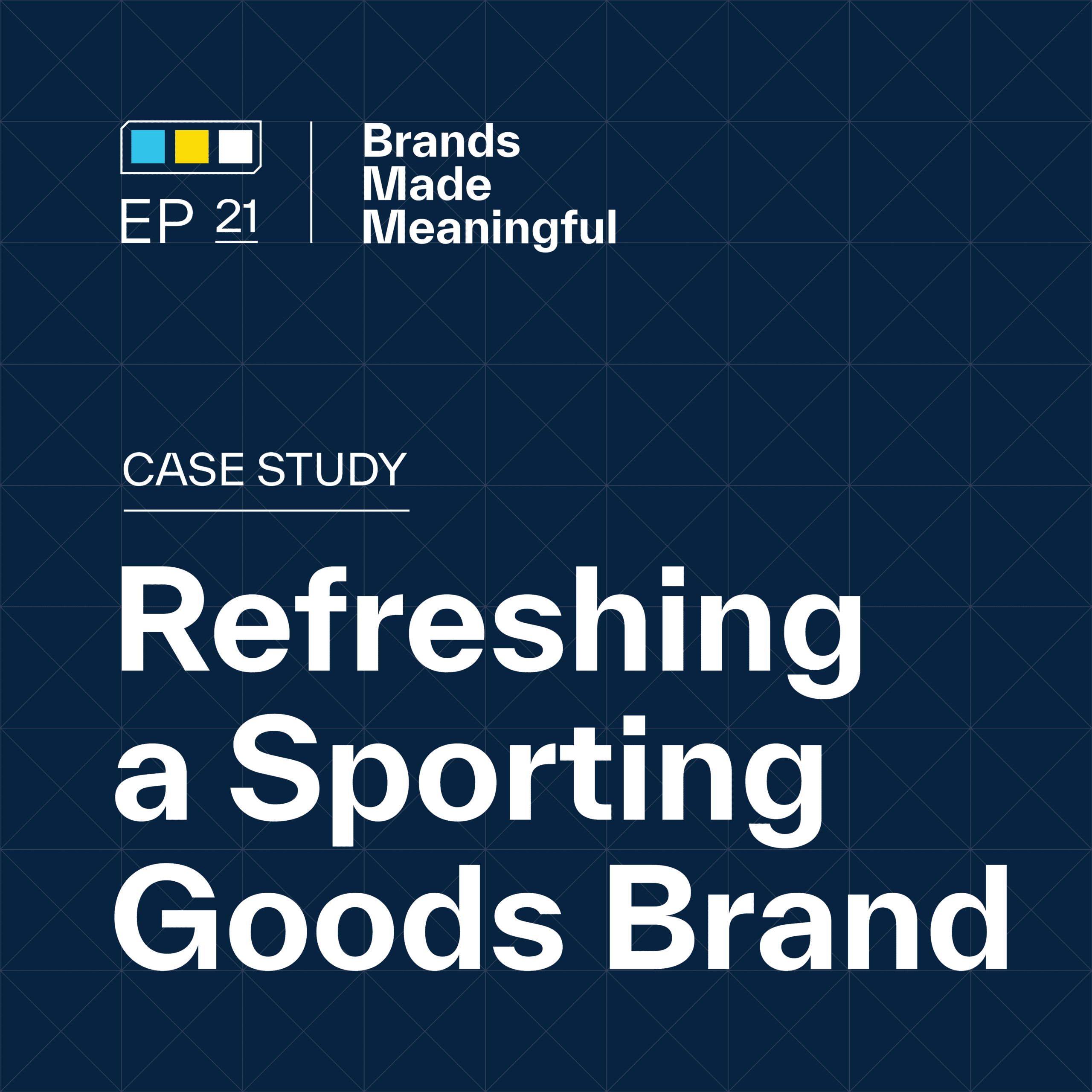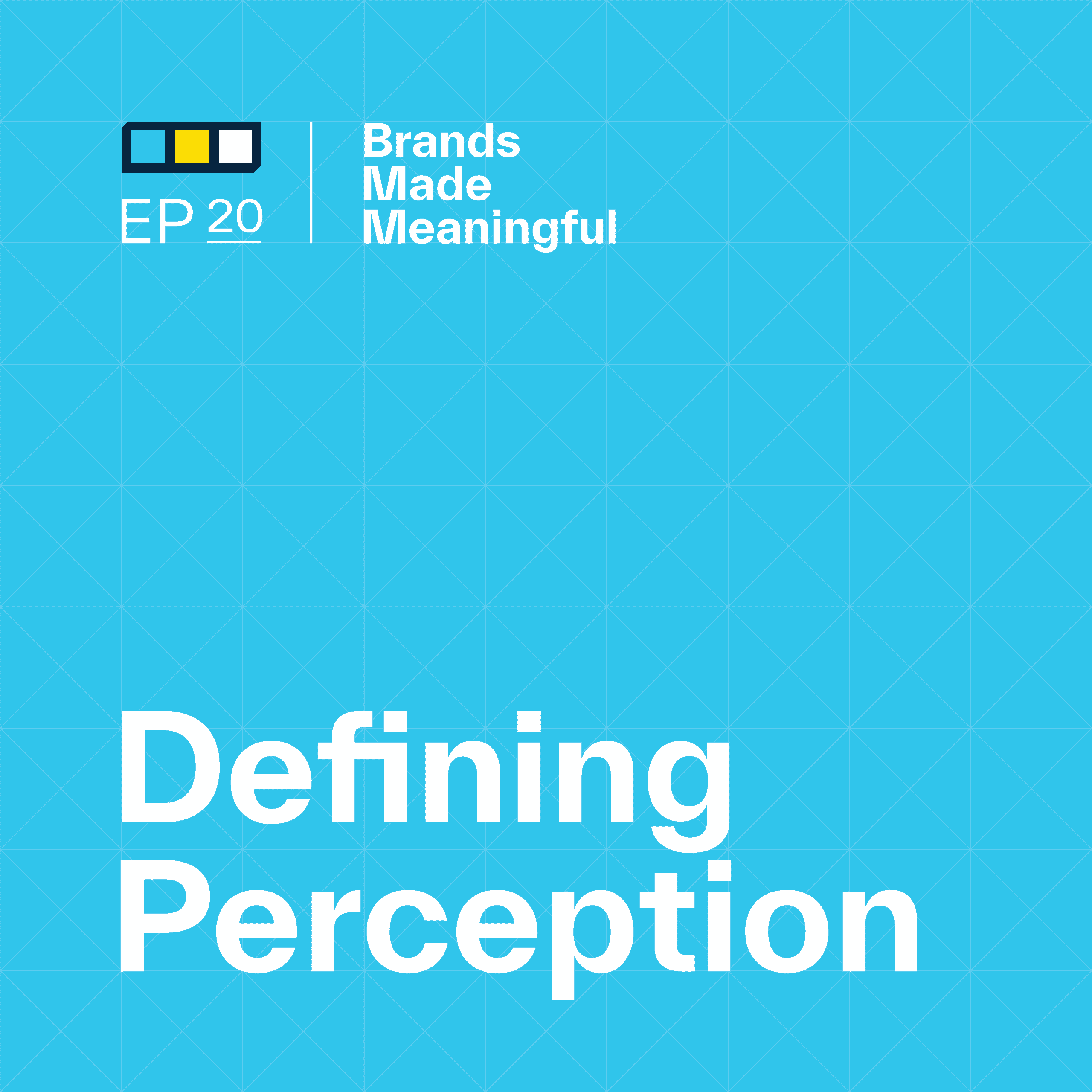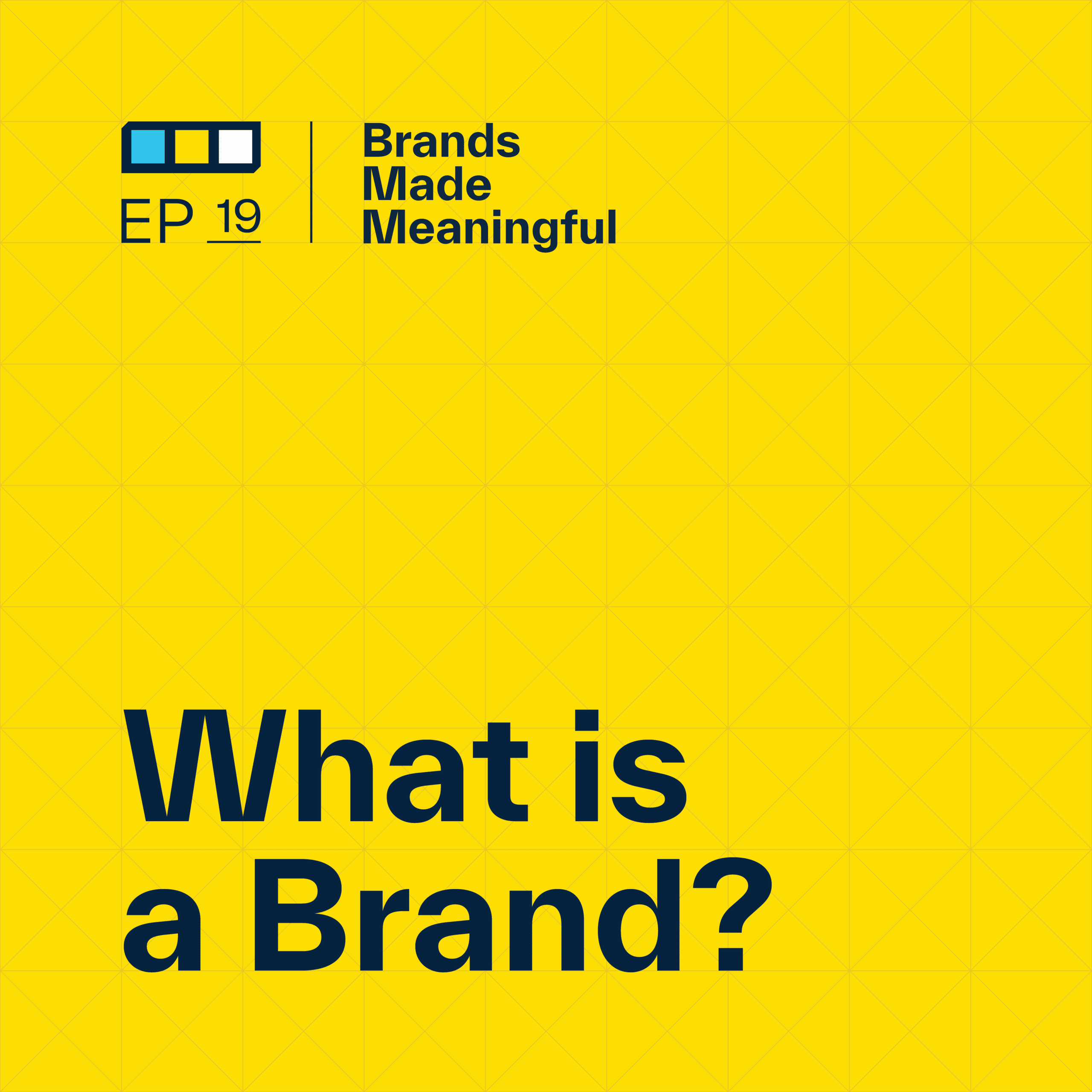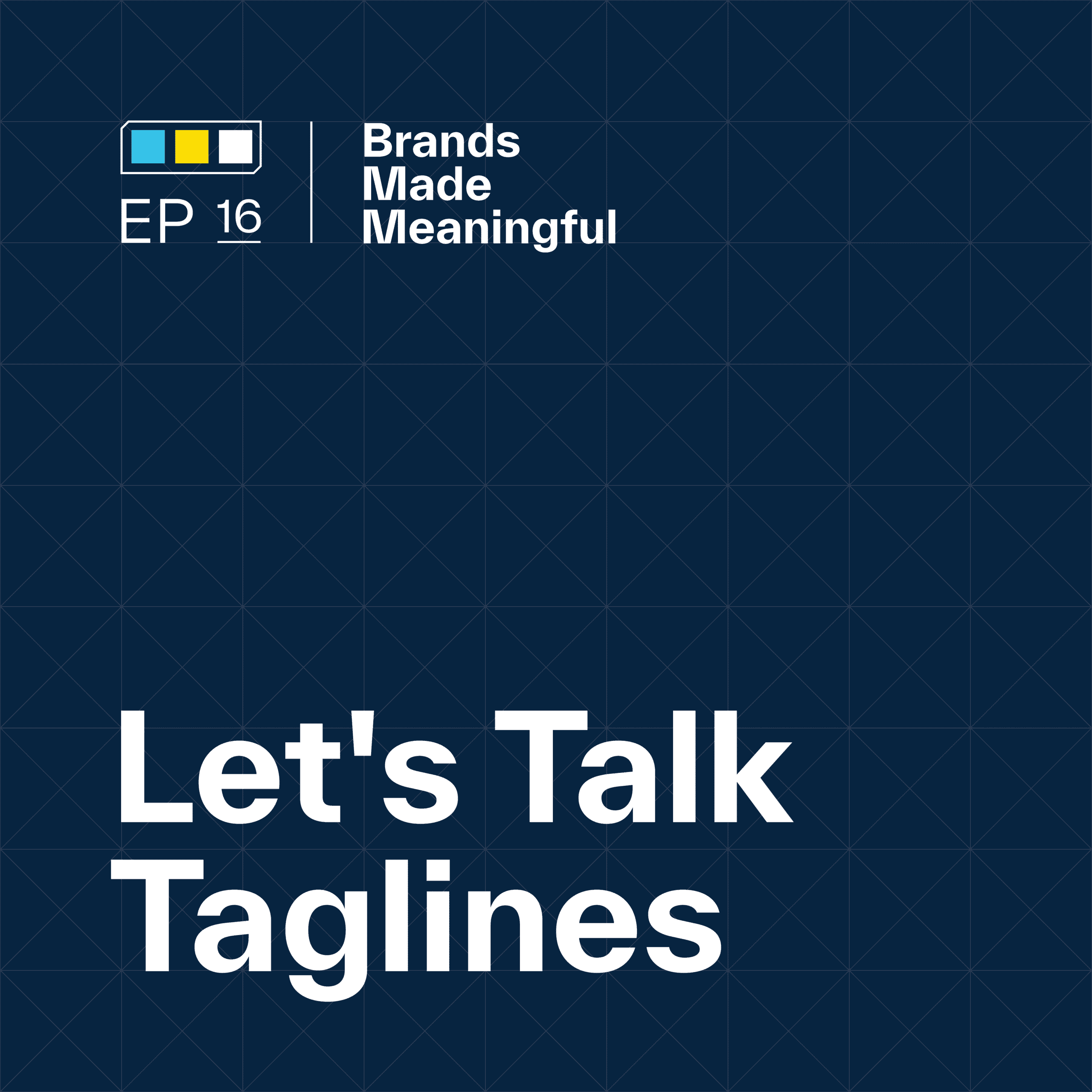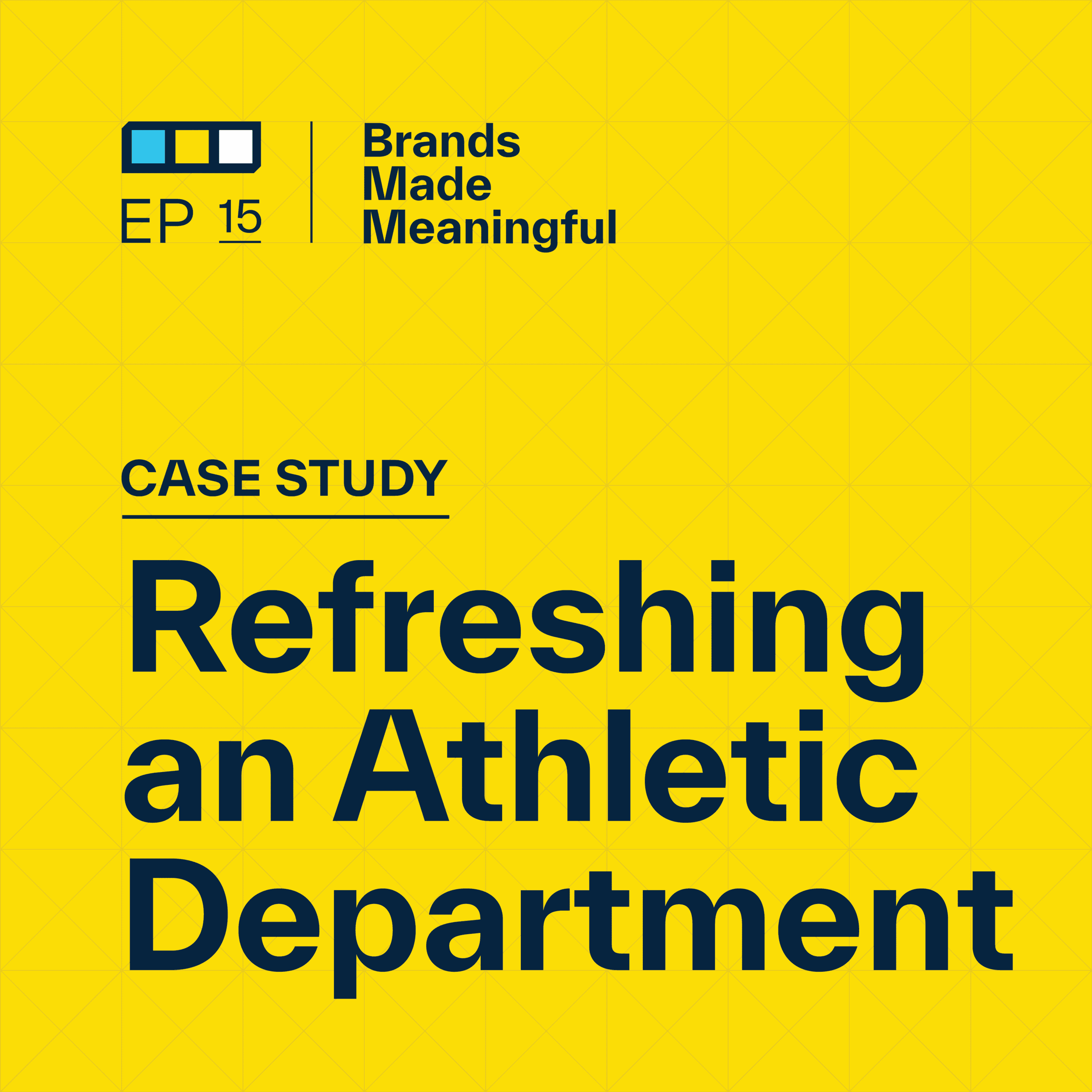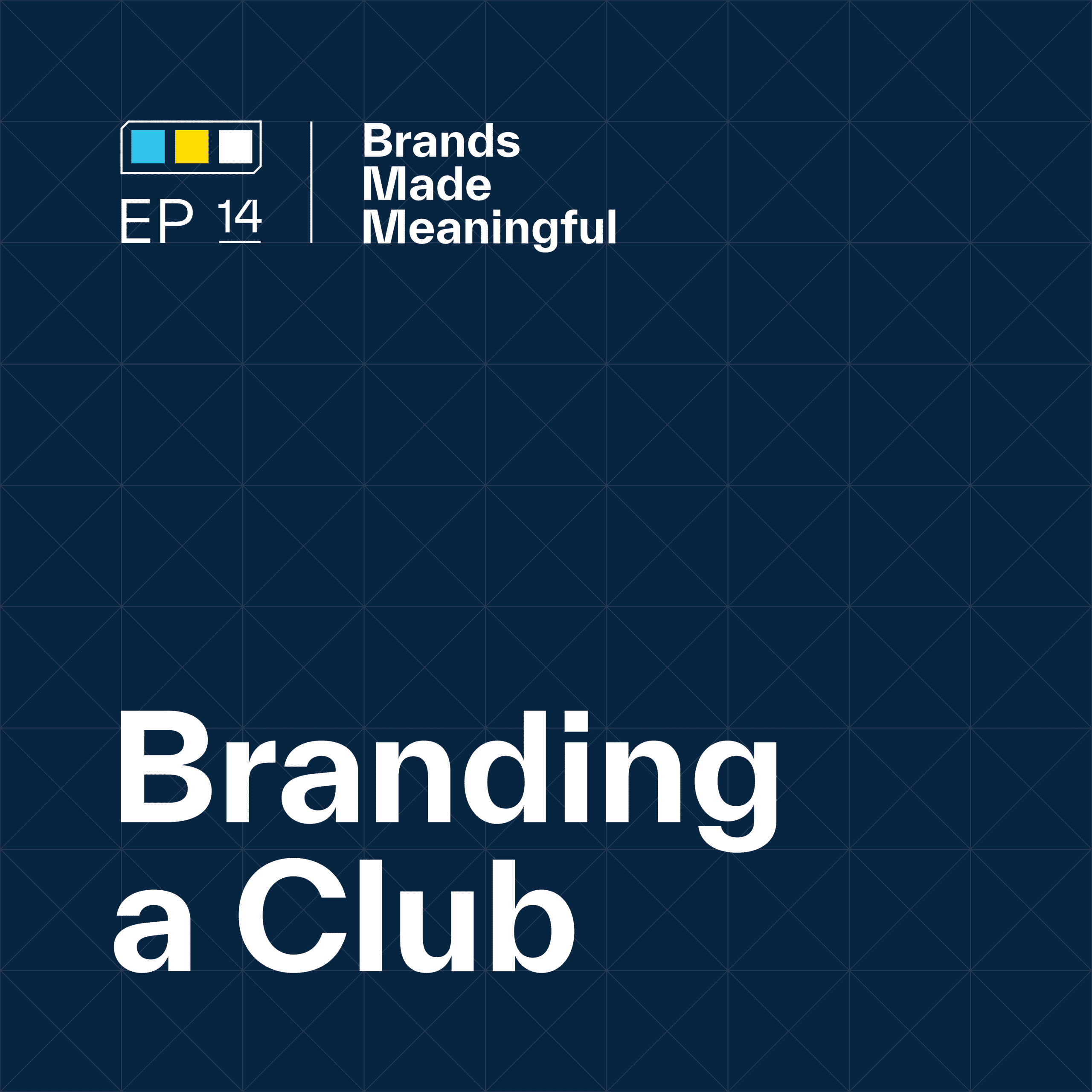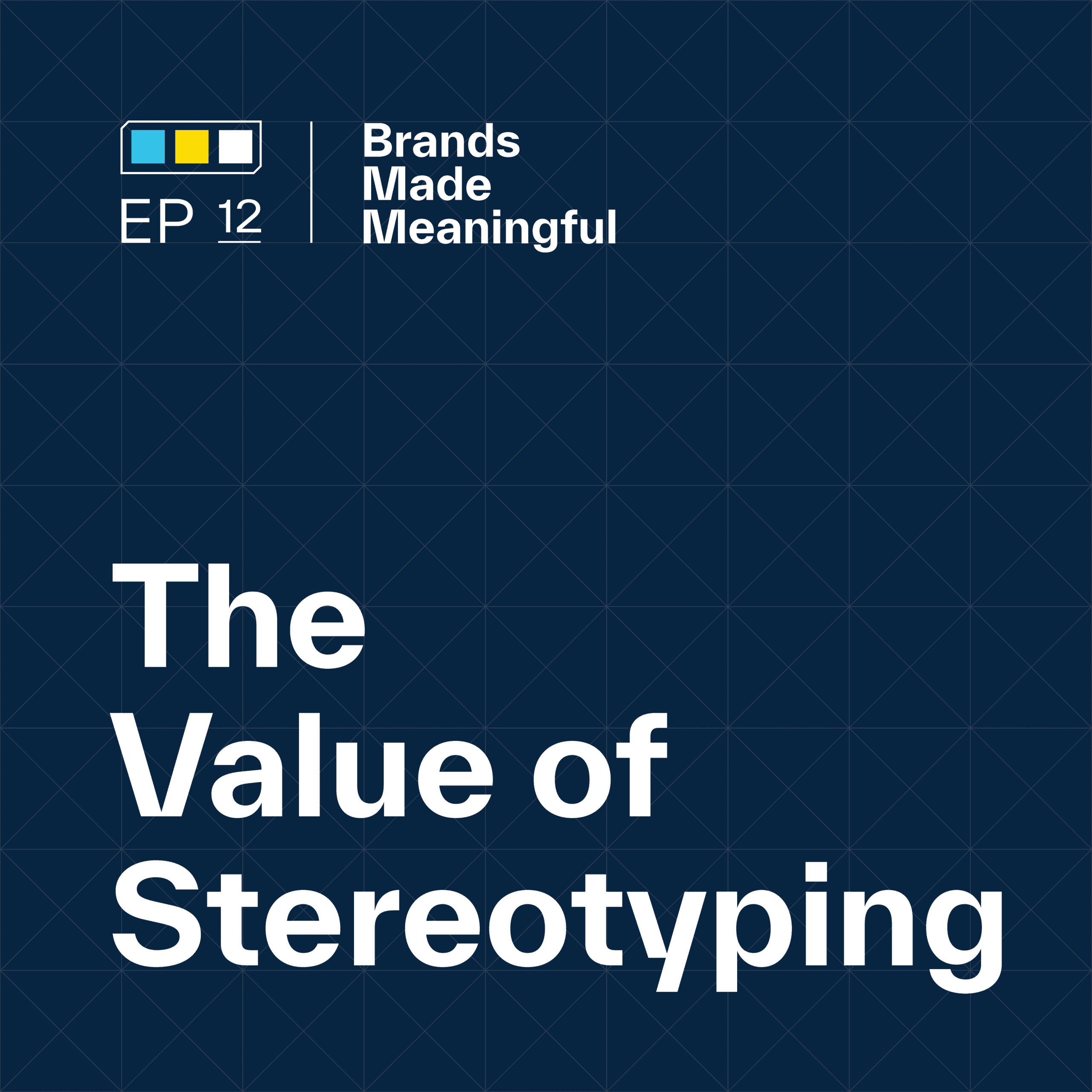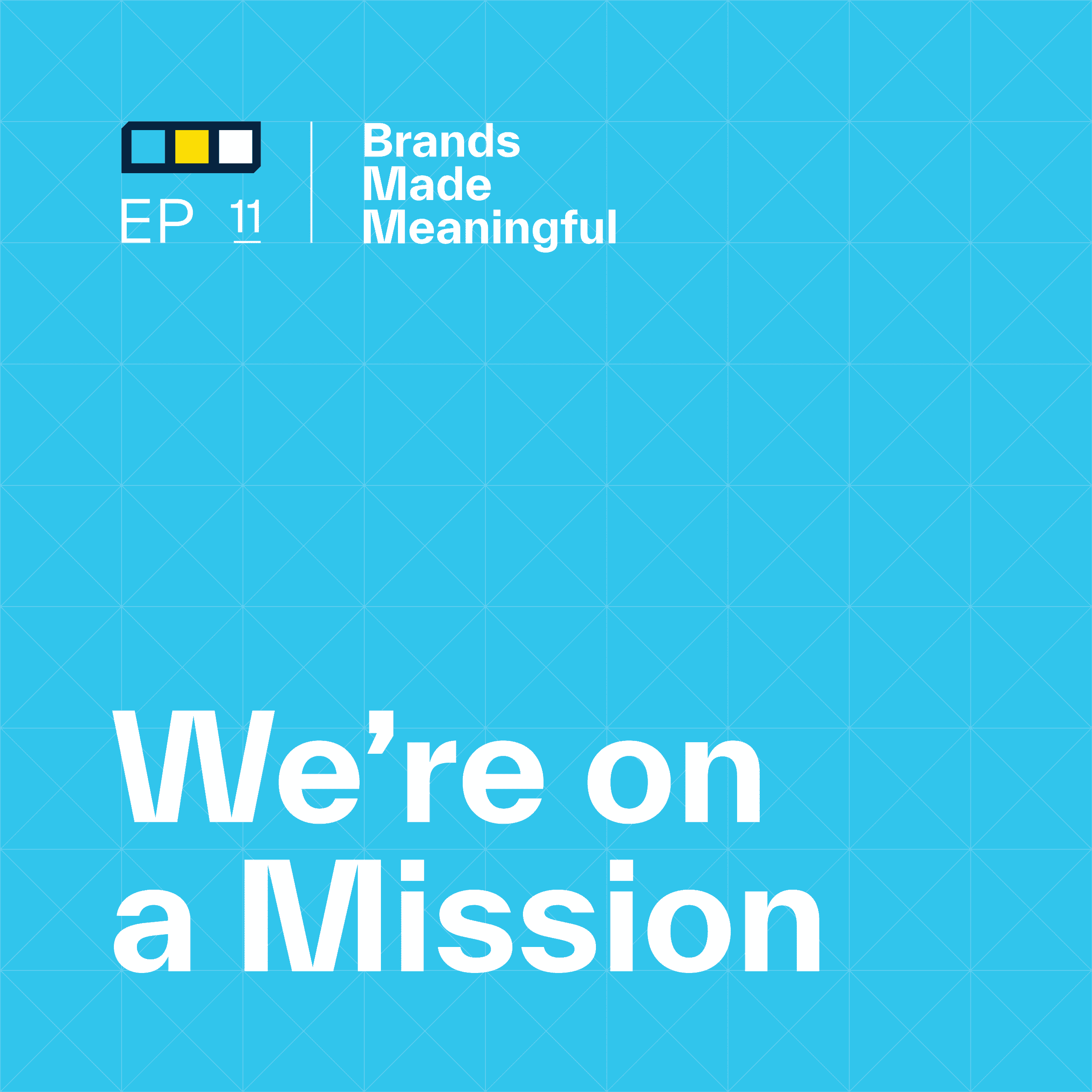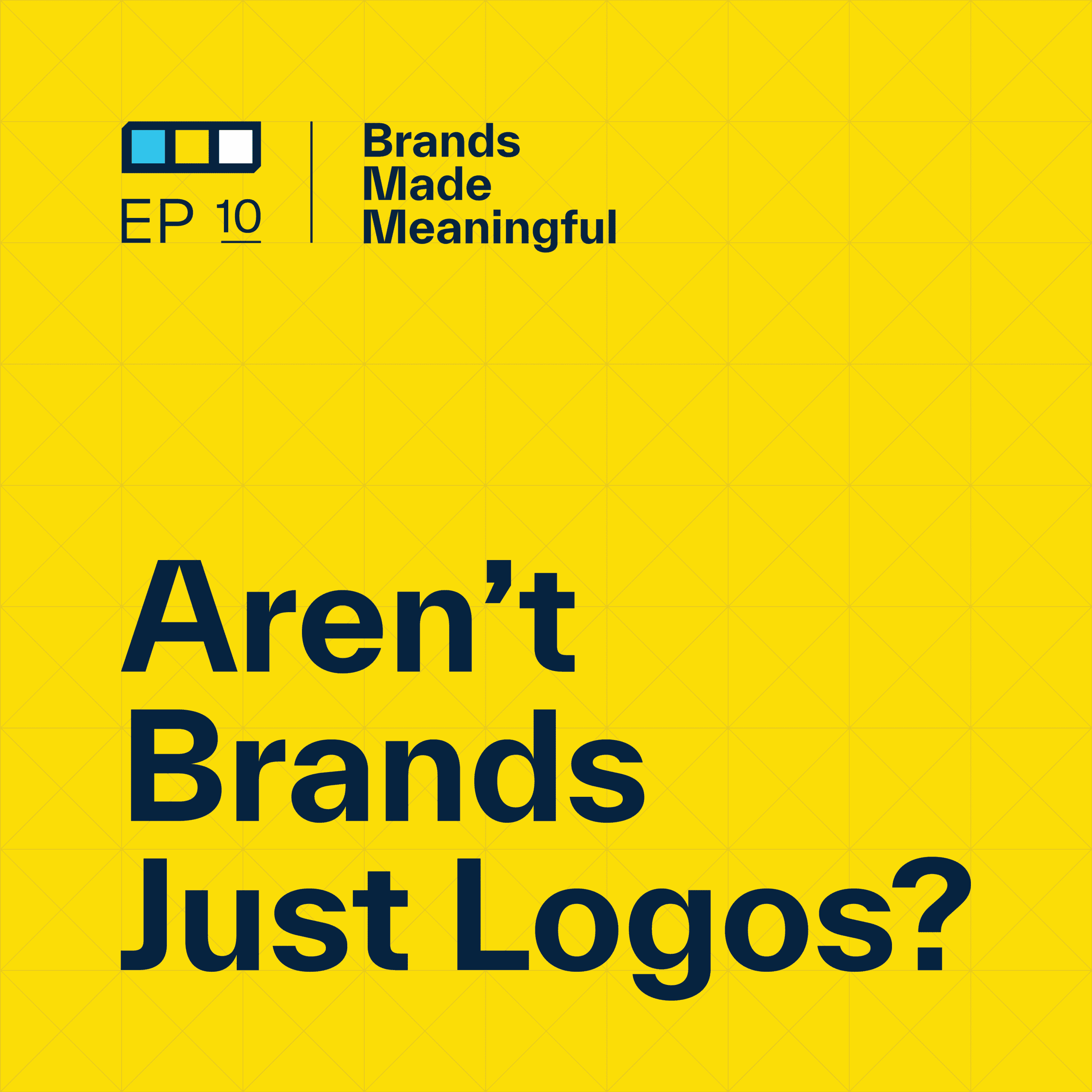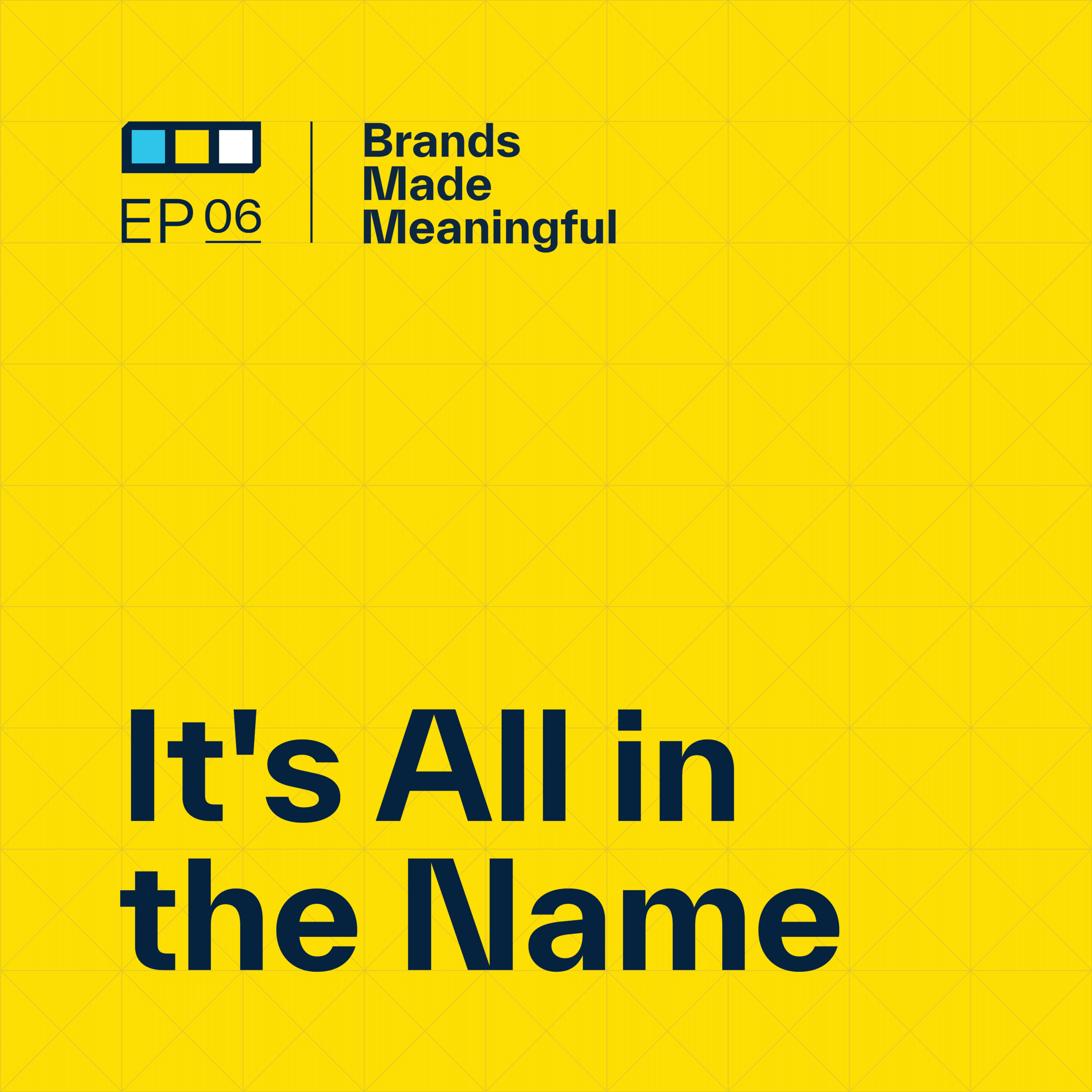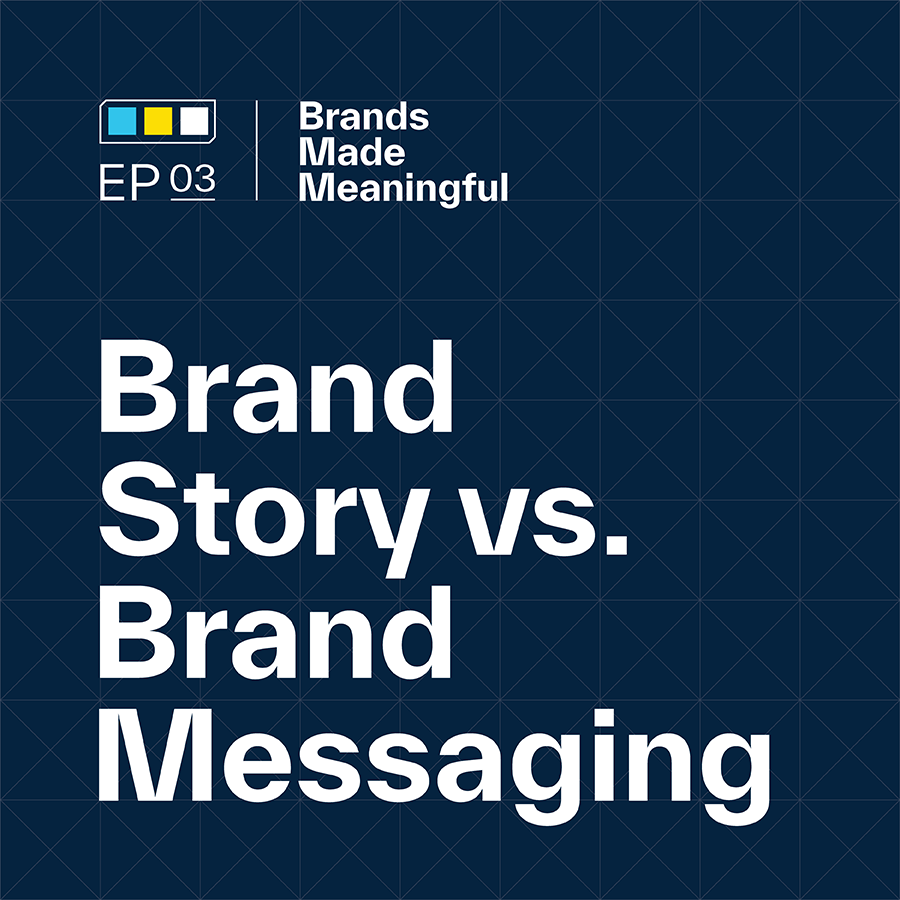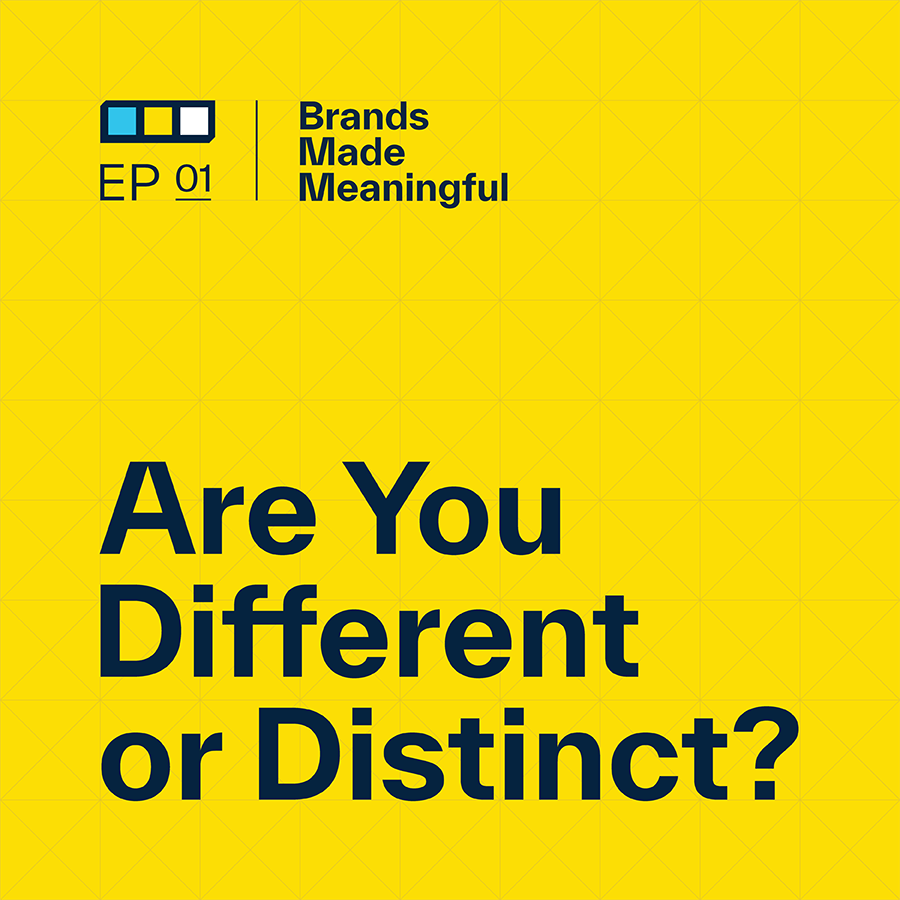EPISODE 18
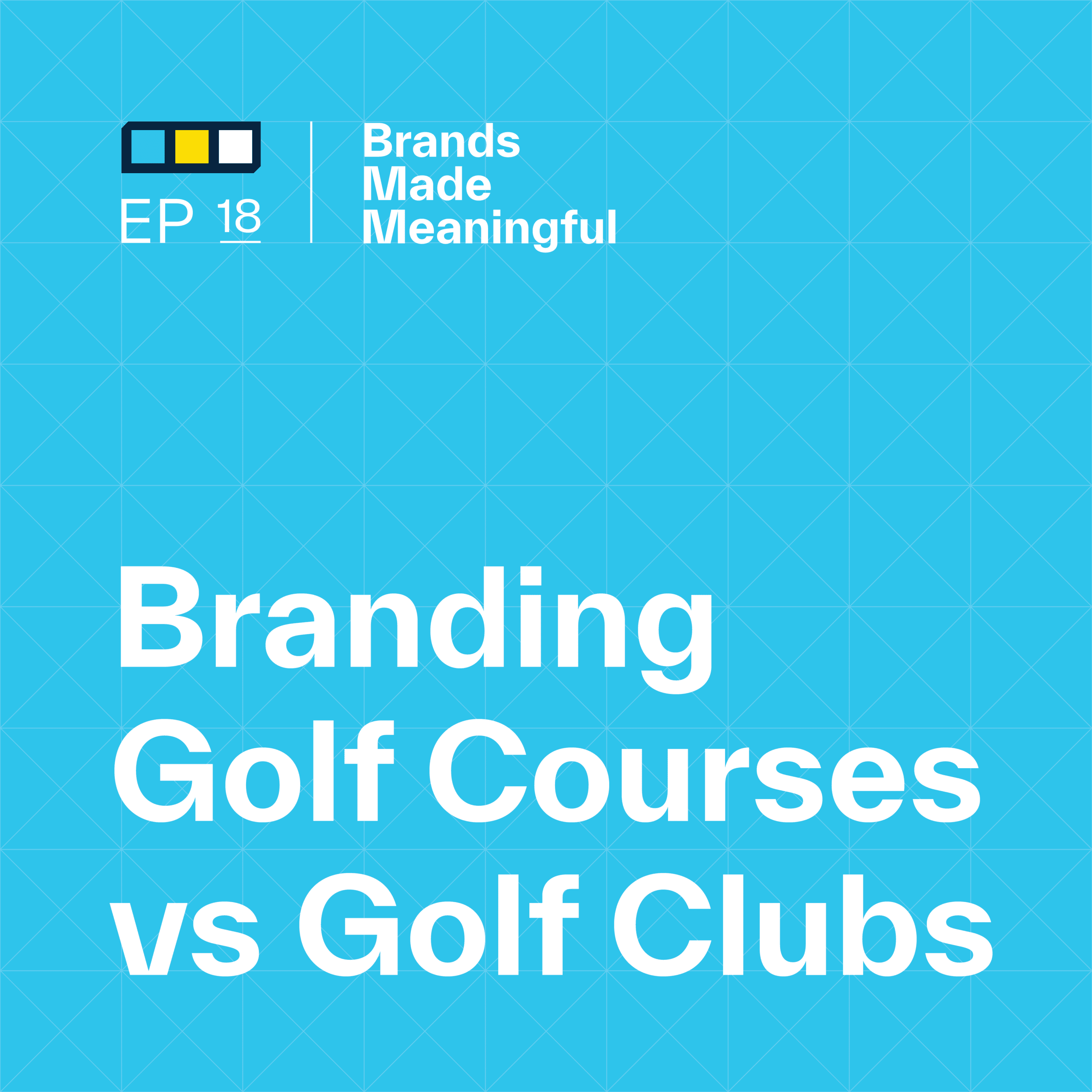
Branding Golf Courses vs Golf Clubs
Episode 18
Derek and Tucker further hone in on golf course design.
EPISODE TRANSCRIPTION
Today we’re talking about golf.
Derek Full transparency. Several of us, including you and I, in our office here at Sussner, are our golfers. We identify as golfers. And we play some golf in golf season.
Tucker I think it’s funny, though, when we get summer here, it’s very oriented. Conversation seems to be oriented toward that aspect, right? Golf courses, different golf courses around the area, different golf courses around the country. You take vacations to golf specifically. I’m not quite that intense yet. But it is interesting how much it has a piece in our internal culture here.
Expand Full Transcript
Derek We’re in Minneapolis. We’re in the Twin Cities Metro area of Minnesota. And so our golf season is short. We’re in the upper Midwest. We’re in the north. So our golf season isn’t year-round like some of the warmer parts of the country. So people here take it really seriously. I actually read a stat recently in a magazine. I believe Minnesota is number one or number two ranked in the country with golfers per capita – with people who identify as golfers. I think Wisconsin might have the most golf courses per capita. Florida, I believe, has the most golf courses, period. By quantity. But people up here love their golf.
Tucker That’s crazy.
Derek You know what? I think this was supposed to be episode 17. Let’s make it Episode 18, just in honor of 18 holes of golf.
Tucker Okay.
Derek And we’ll talk about the urban myth as to why there are 18 holes on a golf course in a separate podcast that will launch at a date to be named.
Tucker Okay, that sounds good. But today, specifically, we’re talking not only about golf, but the difference between golf course branding and golf club branding. So what is the difference between a golf course and a golf brand? Just to start off, tell me the differences straight up.
Derek Any golf course, any location, any place that has a brand, that brand, no matter what it is, if there are holes of golf there – and I would include indoor places, Top Golf, any place that’s about golf – it’s about the experience. It’s about what happens there. It’s about the people. It’s about the course or the facility. But when we get into the nuances of a club versus a course, then I think we start to look at the emphasis of that perception and in building that brand. The club emphasizes membership, a group of people. And a course, for the purpose of today’s conversation, we’re identifying as a public golf facility that’s looking to attract and draw golfers to come play their course for a daily fee rate.
Tucker And the nuances between that is the difference between a club, which we see as more of a member-type brand, and then a course, which we see more as a transactional or retail-type brand.
Derek Exactly.
Tucker We’ve worked with both. Those differences are slight and they can come off initially very similar when we talk about how we are going to approach the project. The process is all the same, obviously. But when we look at the difference between a course in a club, it’s the difference of looking at the course as the facility, as in what the landmarks are and all those things that really pull out for the course. And then the club is all about the people. When we look at a club and we’re rebranding a club, it’s more about the people, what the community is here, how are they being celebrated and why they rally around golf. What is that core purpose for them? So when we look at this, and we since we’ve worked with both, what do you see as the biggest challenges for one or the other?
Derek When it comes to a golf course, and that would include your local munis, your city-owned courses, resorts, and even well-known, well-thought-of golf destinations, travel places, regardless of the cost, they are still golf courses. I think that the primary challenge in a golf course is telling a story and representing a brand that not only represents the place but also is designed to attract a steady stream of visitors. That’s how they make their income. They don’t make their income through their membership fees. They make it primarily through visitors. So their brand needs to represent and symbolize that. If it is a resort or Bandon Dunes or Pebble Beach or Sand Valley – those might be one-time bucket list-type trips, and that emblem and brand need to symbolize a very singular, momentous occasion.
Tucker That’s the challenge. That’s the keyword, right? So for a course or a destination, it’s all about momentous experience. This is one time I’m going to go there, I’m going to play it and I’ll probably buy some merch when I’m there. Versus a club is something that you’ll be at multiple times a week for years, and that’s not really momentous. It’s more every day. How do we communicate this story? It’s not come here and play the best round of your life – go home and tell everybody about it every single day. It’s more. Come back tomorrow. Come back the next day. Keep that rhythm and routine. So when you think about it like that, they seem very different. On the surface, they’re both golf-oriented. They both have very similar landscapes. When we look at courses in general, they’re not like one course is completely different than another course. When we look at clubs, they’re so different from a personality standpoint rather than a geographical standpoint. So when we look at courses, it’s like, okay, here are landmarks that we can point out and we can pull out. When you look at a lot of club brands or course brands, they have a lot of emblems. You talk about Pebble Beach – they have the famous tree. We did Albion Ridges. They have this really great silo on their course. So we kind of rallied around that. But then when you look at clubs, a lot of them don’t have jaw-dropping landmarks.
Derek Some of them might or the history of that club has identified a symbol that represents them. Oftentimes many private golf clubs also have well-known golf course designers. So the course is known as a Donald Ross course or a Tillinghast or a Mackenzie, and that also will play into the branding of the course or the club at times. But the difference is a club that people are members of evokes different kinds of emotions. So when we’re branding a club, we’re taking into much more consideration the emotions, the needs, the perceptions of what’s important to that membership, that specific group of people that are currently members, hopefully future members, and to a certain extent, maybe acknowledging that past. But there’s a different emotional aspect, I believe, in branding a club with members that are financially invested themselves versus branding a course or a destination that’s looking to attract people for the first time or the second time.
Tucker We were talking about the retail transactional, the course versus the member. So when we say a member – we did a podcast a while ago called Member Branding or it’s team member branding and it’s really internal branding where we say, how do we focus on retaining and onboarding and recruiting these kinds of members onto our team? We do this for organizations, for employees, we do this for gyms to try to get people to come to their club and stay there a long time. Versus a course looking at a retail transactional brand, it’s really more how do we get someone excited about going once? How do we pique their interest about just thinking about going there one time, trying it out? And that nuance is really different because we don’t have to be focused on how important it is when they come there for a transactional thing, they come back. Every brand wants to create a relationship with their customers, right? Even if you’re a transactional public course somewhere, you still want the same people to come back and have that consistency. But it’s a different mindset because your reach is wider. You’re always trying to get more people in versus where a club might have a waiting list and you might have some of those things that are just totally different. But what about the difference between a golf club and a country club? Because we’ve dealt with those as well.
Derek When we get into those nuances we define or we look at a golf club as a private facility that’s focused on golf The soul or the heartbeat or the reason this membership organization exists is because there’s a golf course there that they’re all going to. That’s the thing that brings them all together. A country club is a golf club that also has oftentimes a bunch of additional amenities, things like pool, tennis, pickleball, dinner, and additional activities that can keep you at that club all day, every day and appeal to a wider variety of people in your family, age groups, spouses. Versus a golf club which is a place where people oftentimes just go to play golf. They’re not going there necessarily to have dinner and to play a game of pickleball at sunset. They’re just going there to golf.
Tucker It’s just the way the community rallies. There’s this interesting point when we talk to golf clubs specifically and their love for golf, their love for the game versus their love for community. I mean, the communities are really a big part of it. But when we look to brand a golf club or even a golf course, what do you think other clubs or courses are doing that could be improved upon as you see them right now? Let’s start with courses in general. When we look at courses, public courses, municipal courses, and town courses, how can they improve their branding? Because I think that the golf space is ripe for improvement.
Derek The bar is low. As a golfer and as a creative person, as a designer, it takes a lot to impress me with golf course branding. It’s not done well very often. I think that the biggest challenge and the most important thing for them to do is to find a way to be distinct in the minds of the public. If I have a dozen courses to choose from to go play this Saturday and I haven’t been to these specific dozen, other things come into play when it comes to my choice. Recommendations. Location. Where is it from? Is the course well known? Reputation, etc. So having a brand that represents the best of the best of all of that, but also makes it very different from the course next door so that I understand that this is a different place than the course next door, is really important. And I see a lot of similarities. A lot of me too. There are a lot of stereotypical images and symbols where golf courses just seem to take the easy route and fall into using trees and leaves and golf flags and birds.
Tucker The similarities between courses and clubs are that they’re all kind of getting lost in the sea of sameness. We use that term a lot. Sea of sameness. And how are we stepping outside of that? To your point, all these natural elements come up right away when you think of golf because it happens in nature. It happens within all of these elements – birds and deer and up here there are so many cattails, grasses, pine trees – all of those resemble a course. But it’s really hard to stand out when everyone’s using the same five elements to describe or to show visually communicate how they’re a great golf course or a golf club. So when we look at that, I think the biggest challenge in branding clubs or courses is getting the ownership out of that mindset. Out of the mindset of this is about golf, it’s not about cat tails. This isn’t about the trees that are around you because you’re not here to see the trees. This isn’t an arboretum. So how can we define that better? And how can we tell a visual story that’s way different than everybody else? Because there’s a reason why you have a club here, because if you have this club here, that that means that there’s something special, right? If there wasn’t anything special, no one would join. No one would come play. There’d be nothing to tell. So I think that one thing that clubs and courses can really do is be brave when they think about how they’re telling their visual story. And don’t be like everybody else. You can look at everybody else and say, well, who’s doing it really well and who’s not doing it really well?
Derek But your course isn’t like everybody else. The experience, even their 18 holes and your 18 holes designed by the same exact golf course designer are not going to be the same. The ownership probably isn’t the same. The locations can’t be the same.
Tucker When you walk into the pro shop, how the staff greets you is not the same across all the different courses that we’ve dealt with. And so it’s really interesting to say, how did they just fall in line with this? You say me too branding. But it’s that sea of sameness. It’s everything looks the same. How does that happen? And it’s the fear of being looked at as different, whereas being looked at as different should be the ideal. You should be like, Absolutely, I want to look completely different. So when someone says golf courses, St. Cloud, Minnesota, and they pop up five of them and yours looks distinctly different, I can guarantee you that they’ll click on that one before they click on the other ones.
Derek Absolutely.
Tucker And that’s the goal with courses specifically. You need to be looking at the people around you and saying, how can we tell a different story? How can we beat a different drum here?
Derek The pinnacle is to then create a brand and a symbol that people will purchase and wear to say, I’ve been there. Golfers love swag. I’ve been to the PGA Merchandise Show half a dozen times and the amount of logoed stuff and gear and apparel – golfers love that stuff. And more often than not, if they come to your course and they visit it and they have a great time or they play well or they have a great experience, they’re going to come back into the pro shop to buy something, to take away a souvenir of that memory. Make sure you can give that to them. Give them an out. I can’t tell you how many times personally I’ve gone in to do that and then just walked away because that logo isn’t doing it.
Tucker I’m thinking about courses specifically within locations like you should be different than that. When we think of clubs, think about the type of people you’re trying to attract. That’s very different. When we deal with clubs, sometimes we go, okay, how does this need to look to attract right fit members? What story are we telling so that we’re attracting people that want that story? So that’s where the nuances of country club versus golf club have to be different. Your country clubs and your golf clubs should look visibly very different. They shouldn’t just have shield emblems with the monogram on them because that’s not telling anyone what your club is all about.
Derek If the stereotypical symbol of a golf course is a tree or a tuft of cattails, then the stereotypical logo for a golf club is a monogram. It’s the two or three letters entwined in each other.
Tucker And a country club. I think that golf clubs and country clubs have done a really bad job of differentiating themselves, which makes it confusing because some people go, Oh, I’m going to go see what the membership is there, and they get shocked when there’s not a pool. Well, that’s probably because it looks the exact same as the country club down the road. So there’s no understanding that it’s all about one or the other.
Derek So I think for a golf club or a country club to lean into the culture and the spirit of the membership, it’s critical. On a golf course branding, it might just be a small team that’s leading that. It might be the owner or the manager or the management group or it could be the head golf pro. I don’t want to say it’s easier, but in some sense there might be less emotion involved in that process. Maybe. But for a membership organization like a golf club or a country club, one of the things that we’ve been reminding one of the clients that we’re working with down in Florida is let’s keep in mind that we still need to make sure that this is attractive to the outside audience, that even though currently you have a full membership and a waiting list and you’re financially healthy, it’s good practice to not take that for granted and to be thinking ahead towards who is the future of our club? What’s the next generation of our membership look like? What is the excitement or the conversation that happens when you head back home to your summer home and you leave Florida and you’re wearing that golf logo on apparel and friends, colleagues or somebody you run into in the airport for that matter, sees that logo and you start to spread the word of what that club is like back in Florida.
Tucker When I think of industries we work with, we work heavily in sports, athletic, I don’t know if you call that leisure, but I get the question, so what space is always ripe for change and who’s going to have an opportunity to really stand out? And I would say the golf industry. Not from a retail aspect like golf merchandise and all these things. They do a great job. But golf courses, golf clubs, and country clubs have a fantastic opportunity. The issue is for them that the new wave of golfers have a higher expectation for design and for experience and for brand than the previous generation of golfers did. So right now, as we move forward and these younger people start getting more into golf, the expectation for clubs and for courses and for country clubs is going to be how are you standing out from a brand perspective? Because it’s starting to become so saturated. And I think that now’s a great opportunity when you’re redoing your course, when you’re relooking at how you’re going to grow your membership, how you’re going to grow the course, and how you’re going to challenge the area. Look at your brand. Look at how you show up either digitally or physically and how you show up in your community. And how do people perceive you – not only the way that you look, but also what do you say on your homepage? What is it say? Is it just say golf course in x, y, z town? This is a golf course – come play. Or does it tell some kind of story of why you’re here and how you work with members or even just golfers in general to keep the game moving forward?
Derek That could be a challenge, but your creative partner will help you bring that story out. I think the people that are on site that go to work there every day, live there every day, like in any industry, tend to take for granted what’s unique and what’s special. And to get that outside filter or lens or point of view to help you articulate and bring out what that unique essence is, to then help you tell that story, both in language and messaging and in visuals, can make a massive difference. You know, the golf course industry right now is healthy. Pre-COVID it wasn’t in as healthy of a state as it is now. And one of the industries that’s benefited from COVID is golf. And there’s been a resurgence of people getting back in, starting for the first time. And I guess my challenge to golf courses and golf clubs is don’t take for granted that the health is going to last forever. Sometimes the best time to revisit the state of your brand, your marketing, is when you don’t need it.
Tucker That’s true. And I think a lot of golf courses fall into this we’ve always looked like this, the historic thing, like you said, the monograms, the shields, and stuff like that. And I think that that’s dangerous to say, well, we’ve always just looked like this. It’s tradition for us to look like this.
Derek Scary to be different. Like you said, it’s going to take bold and brave to not look the way that we’ve always looked. We say this all the time. Your story is not your history. Where you’ve been is absolutely part of it, especially when it comes to a club that has been around for a long, long time. I’m not saying that that history and how it was founded and where it came from isn’t a part of this story. But we look at the story as – where are you going? What are you about now? And what are you about and what are you going to be about in the future that’s going to continue to help you grow as an organization and attract members golfers, visitors, staff?
Tucker Final thing before we wrap up here. Tell me two or three courses nationally that do a fantastic job of telling that story. And how can someone take those examples and start thinking about how they can move their own either course or club forward?
Derek My favorite example is in our neighboring state of Wisconsin. It’s the Whistling Straits logo. And there’s a rich story behind this face that they’ve created, this old man face that represents the course. Herb Koehler, who developed this area in Wisconsin and the four courses that are there, ended up leaning into a real strong Irish heritage. Matter of fact, if you’re on that course on the lake and you were blindfolded and brought in there by a helicopter and spun around a couple of times and unblindfolded, depending on the time of year, you’d be hard-pressed not to think you were in Ireland. I even think the clubhouse that they have, my understanding is they literally shipped the blocks and the bricks and the materials to Wisconsin from Ireland to recreate as close as they could an Irish links-style course in the Midwest. So the logo to me is completely unique. It’s not like anything I’ve ever seen. It’s distinct and it’s absolutely representative of the place, of the course, and of the spirit of what they’re trying to do. And I love what they also did – they created a secondary mark, which is a little icon of a sheep that oftentimes shows up on a side sleeve or the back of a hat because they have live sheep roaming the course, basically eating the grass on hills and areas where mowers can’t get to.
Tucker If you haven’t seen any of the logo or the branding for Whistling Straits, if you haven’t ever been there, I highly stress going there. Even if you’re not playing, you can walk around the clubhouse and just view the whole course from the front area. It’s beautiful. But the logo is what depicts this figure or this figure of God of Wind. And it’s this really powerful thing to say, is there a history of wind? Well, no, not at all. But it represents what it feels like to stand there, what it feels like to be on the course. It’s super windy there. And that kind of old-school wind has nothing to do with Koehler, Wisconsin, where it’s located. They don’t own wind, they can’t do anything. But it’s telling a new story. It’s figuring out what the experience is like there and telling that story visually. They do a fantastic job.
Derek The courses that have it easy are courses that have a really recognizable, iconic physical thing on the course. If you go to Bandon Dunes, at Old MacDonald, they have a ghost tree, a dead tree that you aim over on a blind shot. And that ghost tree has become the secondary logo for their course. It’s super cool and it’s just that they got lucky in that they have this really awesome, distinct, memorable piece of nature that they can lean into. Courses that have silos or barns or even Pebble Beach’s tree, I would argue, isn’t necessarily the greatest design in the world. But that tree that stands in the middle of the 18th fairway, if you’ve ever been there, you go, okay, I get it now. I get why that’s the tree and why that tree has been here since 1919.
Tucker Next question. or maybe it’s a comment that might force golf people to turn this off, but what do you think of the Augusta National brand as it portrays the course and all that stuff and why that’s a bad example for someone to aspire to be the Augusta National brand.
Derek That’s a great question. We’ve talked about this a lot. And again, golfers, the Masters is my favorite major golf tournament of the year to watch. But I would make a case that says that the only reason that the logo for that club is distinct is because of the Master’s tournament. I don’t believe that the logo of the state or of the United States with the pin flag in Augusta, Georgia, is distinct or memorable or representative of the experience of that location of the country, of that club’s membership, and of that course itself. I think that they’ve had, just like Nike, the benefit of a bajillion dollars of advertising and marketing budgets. The Master’s has the benefit of all of the publicity and awareness that the Master’s tournament generates.
Tucker The experience that the Master’s Tournament evokes and the memories that it generates are built into that mark. That can be done, absolutely. But when you’re looking at your own personal club or course, looking at Augusta National as the pinnacle for what a brand in the golf course or club space could be, I think that becomes dangerous.
Derek You’re absolutely right. It’s almost like it happened backwards. Instead of starting a brand, creating a brand to represent what it is that you stand for, and then nurturing that, that is what a lot of newer properties’ challenges are. Augusta’s logo, or at least the logo for the Master’s, has come to be known and perceived and thought of based on the 70 or 80 years that we associate with that tournament, especially as golf fans. I won a lottery ticket to a practice event tournament day there a couple of years ago so I have some apparel with that gear on it as a souvenir of my experience on that grounds. What does that logo specifically describe the experience of that club and being there? You know, that’s up for debate.
Tucker Anything else before we hop off here?
Derek I think I would just say the difference between club branding and course branding is thinking about the sentiment of I belong there versus I’ve been there. And to think about what that represents in the visuals and the verbals in the way you tell your course’s story.
Tucker Fantastic.
Derek All right. Until next time.
Tucker Thank you.
More Episodes Like This
Building Brand GuidelinesEpisode 65
Derek and Tucker show us how to build infrastructure guidelines to unify your brand experience across the board.
Club Identity SystemsEpisode 64
Derek and Tucker cover what Identity Systems entail and how to discern between internal and external methodologies.
Navigating Branding With a BoardEpisode 63
Derek and Tucker bring clarity to uniting your company under one cohesive vision.
Putting a Committee TogetherEpisode 62
Derek and Tucker assemble your need-to-know facts when putting together your committee.
The Guiding Principles of Private ClubsEpisode 61
Derek and Tucker go over the top ways private clubs can find the balance between pleasing old members while attracting new ones, all while making moves towards the future.
How Color Affects PerceptionEpisode 60
Derek and Tucker cover how to best convey your business with color.
Brand EcosystemsEpisode 59
Derek and Tucker break down how to craft effortless experiences when considering your brand as a whole.
6 Types of Brand TransformationEpisode 58
Derek and Tucker dive into 6 distinct types of transformations for a wide range of brands.
Tournament Branding For ClubsEpisode 57
Derek and Tucker discuss designing and delighting your club members with tailored events.
Brand Promoters & DetractorsEpisode 56
Derek and Tucker discuss how high level promoters increase your NPS and how to turn the tides on your detractors.
The Loudest Voices in the RoomEpisode 55
Derek and Tucker talk about gathering feedback while prioritizing every voice.
Determining A Primary AudienceEpisode 54
Derek and Tucker discuss if and when you should be honing in on your audience vs. casting as wide a net as possible.
Branding For ExclusivityEpisode 53
Derek and Tucker discuss the intricate process of naming your brand.
Measuring Brand SuccessEpisode 52
Derek and Tucker discuss how we measure our success in branding and a few key KPIs that help us understand our impact.
Branding For ExclusivityEpisode 51
Derek and Tucker breakdown how brands can create the perception that they are exclusive and only for a certain type of consumer.
What Makes A Brand SurprisingEpisode 50
Derek and Tucker break down the Sussner formula that we believe leads to a surprising brand.
Breathe Life Into Brand TraditionEpisode 49
Derek and Tucker discuss the intricacies and common pitfalls of branding for Private Golf Clubs.
They Key of Visual DifferentiationEpisode 48
Derek and Tucker break down the importance of differentiating your brand on a visual level.
Branding For Private GolfEpisode 47
Derek and Tucker discuss the intricacies and common pitfalls of branding for Private Golf Clubs.
Dealing With An Identity CrisisEpisode 46
Derek and Tucker breakdown how to identify and remedy a brand's identity crisis throughout thoughtful and intentional brand management.
Branding vs MarketingEpisode 45
Derek and Tucker discuss the differences between Branding and Marketing and how to make the two compliment each other.
Build Your Brand's FoundationEpisode 44
A brand's foundation is a critical element in being successful in the long-term.
Building a Constructive Branding ProcessEpisode 43
Derek and Tucker break down the steps required to build the most constructive and meaningful branding process.
What Makes a Brand Relevant?Episode 42
Relevance is a key piece of a brand's identity for creating clarity and connection.
Your Right to WinEpisode 41
Derek and Tucker discuss the “Right to Win” and the odds of your brand's success within your target market.
An Intro to Sub BrandingEpisode 40
Derek and Tucker discuss the nuances of developing sub-branding and strategies.
Conquer Branding FearsEpisode 39
Derek and Tucker dive into how to overcome the fear of change and the nature of constant refinement of your brand.
Balancing Strategy & DesignEpisode 38
Great strategy is a necessary foundation for great design—and great design brings great strategy to life.
Branding PrioritiesEpisode 37
Branding priorities are the actions and initiatives that shape or enhance a brand's identity, perception, and market position.
Invest in Your BrandEpisode 36
Investing in your brand benefits your company as a competitor in the marketplace, builds trust with customers, increases perception of quality, and drives employee engagement.
Why is Positioning Scary?Episode 35
Narrowing the brand's position is really a strategic decision to focus the brand's offerings, messaging and target audience on a specific niche or segment within the market.
What Are Brand Consultants?Episode 34
Derek and Tucker discuss the importance of hiring expertise with a wider breadth of knowledge than just visuals.
Hire for Brand FitEpisode 33
Hiring people that fit your brand is key in order to maintain brand authenticity, positive culture, and consistent messaging.
Your Brand’s Stance MattersEpisode 32
Your stance can help define your brand from a core level and make branding, hiring, and marketing not only easier, but more meaningful.
Levels of Executing a Brand RefreshEpisode 31
If you have a brand strategy in place, how do you execute it?
The Role of Features & BenefitsEpisode 30
Derek and Tucker discuss the importance of features and benefits within the context of branding, selling, and marketing your products and services.
Should You Listen To or Lead Your Customers?Episode 29
Within the challenge of any rebrand is the challenge of managing customers' perception of change.
Managing a Brand TransformationEpisode 28
Episode 28 discusses the highlights and challenges of rolling out a new brand, both internally and externally.
Living Your BrandEpisode 27
Your brand is not this shiny trophy on the shelf. It is something that you are molding every single day.
What Makes a Brand Authentic?Episode 26
Season 2 starts off with a discussion about building authentic brand experiences, both internally and externally.
Reviewing your Competition's CreativeEpisode 25
Derek and Tucker discuss the process of reviewing your competitors' creative strategy to better position your brand within the market.
Interviewing your Audience for InsightsEpisode 24
This episode details the process and benefits of interviewing your audience as part of the branding process.
Assumption ReversalEpisode 23
Derek and Tucker discuss how we change our thoughts and get into a different mindset to refine and revise our branding.
Developing vs. Amplifying a BrandEpisode 22
Another way to say it is, development is building and crafting your brand story, and amplification is then telling it.
Refreshing a Sporting Goods BrandEpisode 21
This episode shares the steps behind Sussner’s work in refining the Shock Doctor brand.
Defining PerceptionEpisode 20
Derek and Tucker discuss the positive and negative impacts of brand perception.
What is a Brand?Episode 19
Derek and Tucker discuss what defines a brand and what makes them successful.
Branding Golf Courses vs Golf ClubsEpisode 18
Derek and Tucker further hone in on golf course design.
Refreshing a Golf CourseEpisode 17
Derek and Tucker discuss the bar for golf course design – and how to push past it.
Let’s Talk Taglines Episode 16
Derek and Tucker talk taglines in today's episode.
Refreshing an Athletic DepartmentEpisode 15
Derek and Tucker sit down today to discuss what logos mean within branding.
Branding a Club Episode 14
Derek and Tucker discuss how to brainstorm branding a club.
An Intro to Internal Branding Episode 13
Derek and Tucker discuss the power behind internal branding.
The Value of Stereotyping Episode 12
Derek and Tucker sit down today to discuss the meaning of stereotyping within the branding world.
We’re on a Mission Episode 11
This episode digs into the rallying cry for the greatness your team is going to accomplish.
Aren’t Brands Just Logos? Episode 10
Derek and Tucker sit down today to discuss what logos mean within branding.
The Business You Are Really In Episode 09
Derek and Tucker sit down today to discuss how to discover what business you are really in to better understand your mission statement.
Clarity of Vision Episode 08
Derek and Tucker discuss the importance of looking ahead towards the big picture to better hone the purpose behind what we do in the now.
Branding B-2-B Environments Episode 07
Derek and Tucker discuss the Branding of Spaces.
It’s All in the Name Episode 06
Derek and Tucker discuss what a name can say - and not - about your company.
Delving Into Branding Data Episode 05
Derek and Tucker jump into the discovery phase of branding before it hits the drawing board.
Content Made Meaningful Episode 04
Today Derek and Tucker discuss the concepts within content and its common misconceptions such as the phrase "Content is King."
Brand Story vs. Brand Messaging Episode 03
Your story matters.
Visuals That Take The Cake Episode 02
Derek and Tucker sit down to discuss visual impact and what that could mean for your brand.
Are You Different or Distinct? Episode 01
It's not about being the only option, it's about being the right option. Join Derek and Tucker as they discuss Differentiation & Distinction.


